Table of Contents
Everybody wants an amethyst. Everybody! But not everybody can tell a real amethyst apart from a wannabe and that's sad! But not anymore because as a gemstone admirer, I can't just sit and watch my fellow gem-lovers be fooled in the name of "oh this is a premium amethyst" and end up walking with a synthetic purple stone that was birthed in the labs.
See, the thing is Amethyst gemstone has this charm, this brilliance of balancing beauty and strength that has made its demand shoot up in the last few years especially. So of course there's a mass production of lookalikes but that doesn't mean you have to join the herd. In this article, I am going to share with you how to tell if amethyst is real and if it is, how much is it really worth it.
Whether you’re a collector, a jeweler, or just love the calming energy of this stone, knowing how to spot real vs fake amethyst can save you from costly mistakes and help you invest in stones with lasting value.
What Makes Amethyst So Special?
Amethyst belongs to the quartz family and owes its violet-to-deep-purple hue to iron and natural irradiation. Historically, amethyst used to be prized just as high as sapphires and diamonds and amethyst was once considered a gemstone of royalty. But then hell broke loose. Well, not literally!

Very large deposits of amethyst were found in this one mine in Brazil called Minas Gerias and you know what happened next. Supply was high and demand was comparatively low which meant the value dropped making our purple gemstone sit among the affordable gemstones crowd. Ouch!
But that didn't stop amethyst from being the main cast in both metaphysical and fashion worlds.
From healing to high-end jewelry, amethyst has become a favorite across the globe. And wherever you look, you'll find amethyst stones for sale, but not all of them are what they claim to be.
Why It’s Crucial to Spot Real vs Fake Amethyst Stone
Fake amethyst isn’t just common, it’s surprisingly convincing. From colored glass to lab-grown quartz crystals, many counterfeits can mimic the look of natural amethyst at first glance. But knowing how to tell if amethyst is real can help you avoid imitations that have no energetic value or collectible worth.
Genuine amethyst stones not only offer their famed spiritual benefits but also carry investment value, especially when sourced from regions known for their clarity and saturation.
Where Does Authentic Amethyst Come From?
If you want to know how to identify amethyst at its best, start with its origin. The source of the stone often determines its clarity, tone, and market value.
-
Brazil: Majority of the world’s amethyst comes from Brazil, particularly from the Rio Grande do Sul region. These stones often feature rich purple tones with red and blue flashes, ideal for both collectors and those seeking to buy amethyst online.
Uruguay: Known for some of the deepest and most saturated purples. Uruguayan amethyst often displays higher clarity and stronger hues, making it a top-tier choice among professionals.

-
Zambia: Zambian amethysts tend to have a bluish tint and are highly valued for their intensity. Stones from the Kariba Mine, in particular, are known to rival South American specimens.
-
Russia: Historically sourced from the Ural Mountains, Russian amethyst is known for its dark, regal tones and rarity.
-
USA: Amethyst is found in select pockets like Arizona and North Carolina — typically lower in commercial volume but still natural.
Want a curated collection of authentic stones? Explore our premium selection of Buy natural gemstones, including labradorite crystals, Ametrine gemstone, and Natural Opal stone.
How to Tell If Amethyst Is Real: The 5 Key Checks
1. Color Variation
-
Real Amethyst: Will show subtle shifts in tone — from light lilac to deep purple. Genuine stones often contain a reddish or bluish undertone and a gradient effect when held up to light.
-
Fake Amethyst: Tends to look flat or overly consistent in color, often lacking any internal movement or richness.
2. Clarity & Inclusions
-
Real Stones: May show minor inclusions, clouding, or internal fractures — these imperfections are natural and prove authenticity.
-
Fake Stones: Often appear “too perfect” or completely flawless. If it looks like purple glass, it might be just that.
3. Hardness Test
-
Amethyst scores 7 on the Mohs scale. It can scratch glass but won’t scratch easily itself.
-
If your stone scratches too easily or feels soft, it’s likely an imitation.
4. UV Reaction
-
Under UV light, real amethyst may fluoresce a pale yellow, white, or green due to natural trace elements.
-
Fake versions often don’t react or show an unnatural glow.
5. Heat Sensitivity
-
Amethyst is relatively stable under heat. If your stone changes color or cracks when exposed to mild warmth, it’s likely treated or fake.
Btw, did you know that most of the commercial citrine is actually heat treated amethyst? I was just as flabbergasted when I found this for the first time until I got to know its normal! Check out the full article on - Treated Amethyst vs. Natural Citrine: How to Know What You're Really Buying
Red Flags to Watch When Shopping
Wondering how to know if amethyst is real when buying online or from unknown sellers? Here are some red flags:
-
Suspiciously Low Prices: Authentic amethyst is affordable — but never dirt cheap. If the deal looks too good to be true, it probably is.
-
No Certification or Origin Info: A legitimate seller will offer basic details about origin, treatment status, and authenticity.
-
No Variation in Stones: All stones in a batch look identical? That’s a giveaway.

We also have one more article on: How to Identify Premium Amethyst: A Buyer’s Guide to Quality, Grades & Value. This will walk you through each and everything you need to know when you buy amethyst online or even at a physical store as well as will teach you what kind of certifications to ask for.
To stay safe, always buy natural gemstones online from trusted sources like ours. Our catalog includes ethically sourced, tested stones from known origins, including Purple Gemstone varieties like amethyst, tanzanite, and more.
Buying Tips: What the Experts Recommend
-
Ask for Documentation: Especially for high-value pieces. Look for gemstone authenticity reports or certificates.
-
Buy from a Trusted Dealer: Whether online or offline, reputation matters. Look for clear return policies, transparent sourcing info, and customer reviews.
-
Compare With Other Stones: If possible, compare the stone with verified real ones or cross-check with other stones that look like amethyst for a clear observation.
For example - you can compare amethyst crystals with Purple fluorite which has a cubic crystal structure, while amethyst has a hexagonal structure. You can also compare amethyst with Tanzanite which is known for its pleochroism, meaning it can appear blue, violet, or even reddish depending on the viewing angle while Amethyst is typically a consistent purple.
Pro tip : Just like amethyst, you can also compare a natural opal stone with labradorite crystals as well as a moonstone crystal. The best way to tell them apart is -
Opal, Moonstone crystals, and Labradorite each shimmer differently:
-
Opal has iridescence that looks like a kaleidoscope of shifting colors, known as play-of-color.
-
Moonstone has a soft, glowing sheen known as adularescence, like moonlight under the surface.
-
Labradorite flashes bold, electric hues due to labradorescence, a dramatic, directional glow.
This trio may look magical, but their light dances in very distinct ways. Check out our article on Opal vs other iridescent stones to fully understand the difference between the three gorgeous gemstones as well as other that sit on the same table.
Final Thoughts
Learning how to identify amethyst is part science, part intuition, but mostly, it’s about being informed. Whether you’re buying for metaphysical purposes or aesthetics, knowing the difference between real vs fake amethyst stone empowers you to choose quality, value, and authenticity every time.
Still wondering where to begin? Our platform curates handpicked, natural crystals from trusted sources. Explore our full collection of natural amethyst, discover the glow of Natural Opal stone, or add rare gems to your cart. When in doubt, just ask, our team of experts at Gemstonesforsale is here to help you choose a stone that’s 100% real and 100% right for you.
FAQs
Q1. How to know if amethyst is real or fake at home?
Ans: Try a scratch test (real stones don’t scratch easily), look for color variation under natural light, and check for minor inclusions. If it looks flawless and glassy, it might be synthetic.
Q2. Where is real amethyst found?
Ans: The best sources include Brazil, Uruguay, Zambia, Russia, and parts of the United States. These locations produce stones with exceptional clarity, color, and structure.
Q3. Why does authentic amethyst matter?
Ans: Only natural amethyst offers both its famed spiritual benefits and long-term value. Fake stones lack both energetic and monetary worth.
Visited 567 No. of Time(s), 96 Visit(s) Today
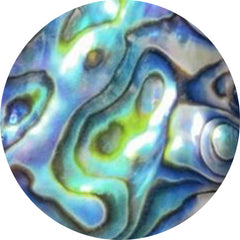 ABALONE SHELL (110)
ABALONE SHELL (110)
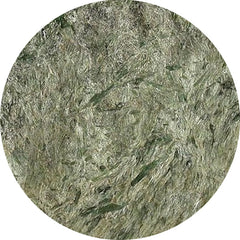 ACTINOLITE (4)
ACTINOLITE (4)
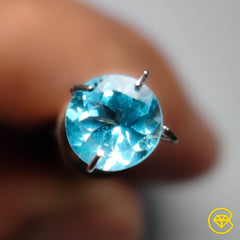 Affordable Gemstones (17520)
Affordable Gemstones (17520)
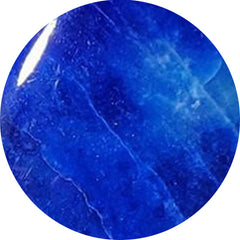 AFGHANITE (10)
AFGHANITE (10)
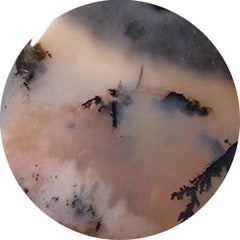 AGATE (2618)
AGATE (2618)
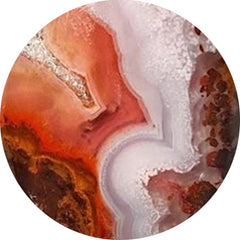 AGUA NUEVA (11)
AGUA NUEVA (11)
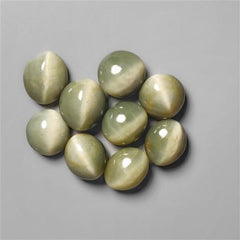 All Gemstones (4)
All Gemstones (4)
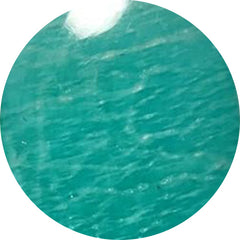 AMAZONITE (192)
AMAZONITE (192)
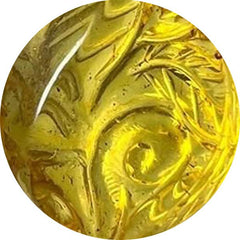 AMBER (136)
AMBER (136)
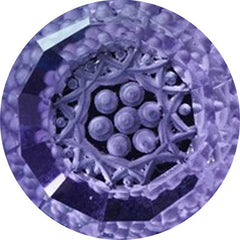 Amethyst (567)
Amethyst (567)
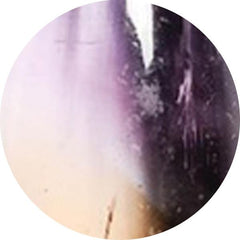 AMETRINE (0)
AMETRINE (0)
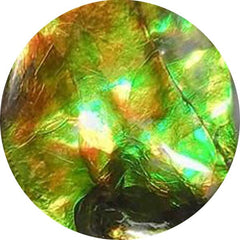 AMMOLITE (24)
AMMOLITE (24)
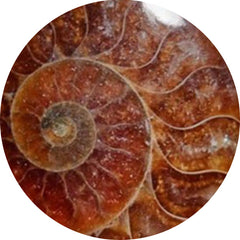 AMMONITE (84)
AMMONITE (84)
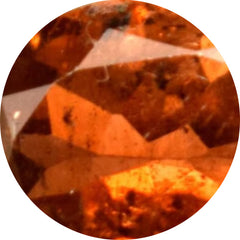 ANDALUSITE (1)
ANDALUSITE (1)
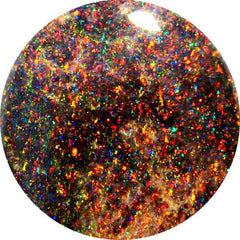 ANDAMOOKA OPAL (0)
ANDAMOOKA OPAL (0)
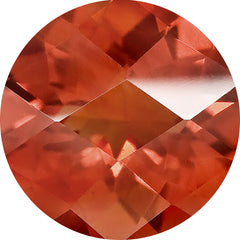 ANDESINE (1)
ANDESINE (1)
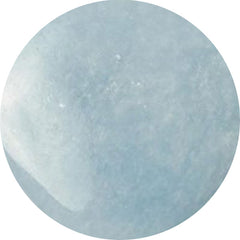 ANGELITE (32)
ANGELITE (32)
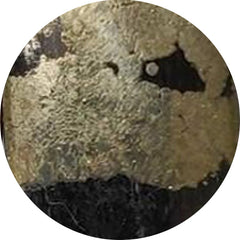 APACHE GOLD (24)
APACHE GOLD (24)
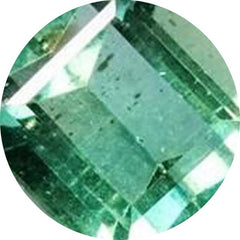 APATITE (127)
APATITE (127)
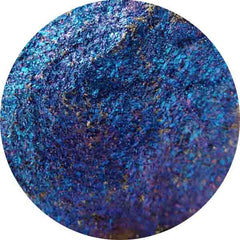 APOPHYLLITE (1)
APOPHYLLITE (1)
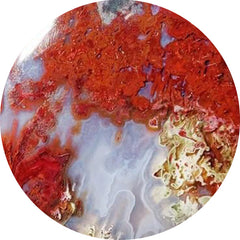 APPLE VALLEY AGATE (0)
APPLE VALLEY AGATE (0)
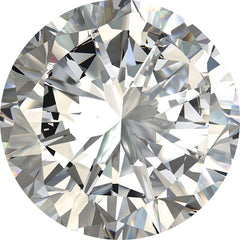 APRIL BIRTHSTONE (42)
APRIL BIRTHSTONE (42)
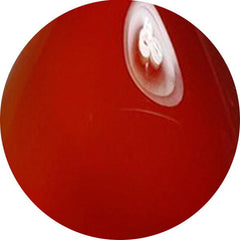 AQEEQ (0)
AQEEQ (0)
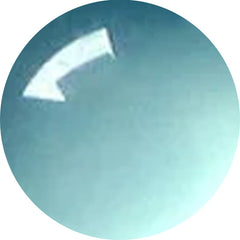 AQUA CHALCEDONY (24)
AQUA CHALCEDONY (24)
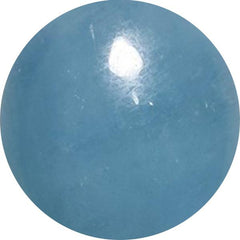 AQUAMARINE (103)
AQUAMARINE (103)
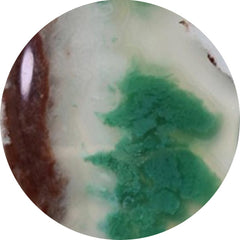 AQUAPRASE (63)
AQUAPRASE (63)
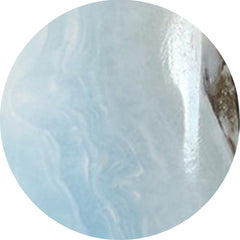 ARAGONITE (2)
ARAGONITE (2)
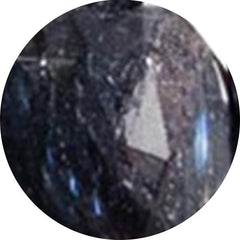 ARFVEDSONITE (12)
ARFVEDSONITE (12)
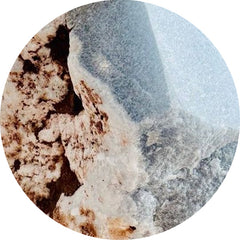 ARISTOLITE (0)
ARISTOLITE (0)
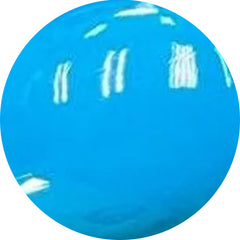 ARIZONA TURQUOISE (0)
ARIZONA TURQUOISE (0)
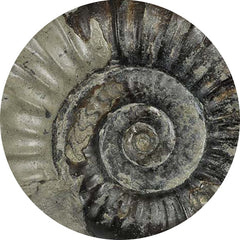 ARNIOCERAS SEMICOSTATUM FOSSIL (0)
ARNIOCERAS SEMICOSTATUM FOSSIL (0)
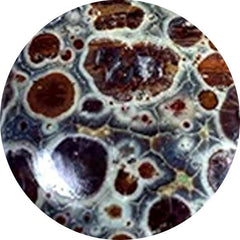 ASTEROID JASPER (11)
ASTEROID JASPER (11)
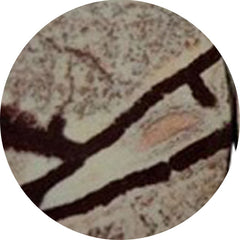 ASTROPHYLLITE (57)
ASTROPHYLLITE (57)
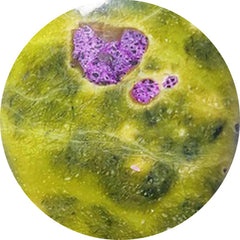 ATLANTASITE (92)
ATLANTASITE (92)
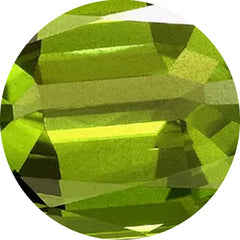 AUGUST BIRTHSTONE (24)
AUGUST BIRTHSTONE (24)
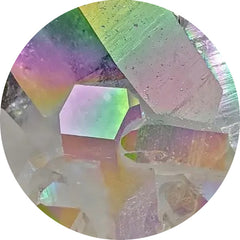 AURA QUARTZ (0)
AURA QUARTZ (0)
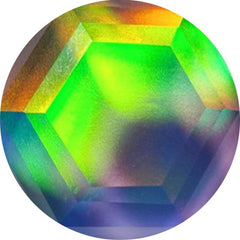 AURORA OPAL (276)
AURORA OPAL (276)
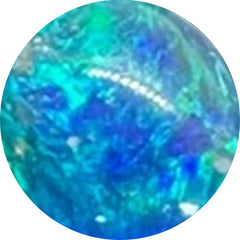 AUSTRALIAN OPAL (7)
AUSTRALIAN OPAL (7)
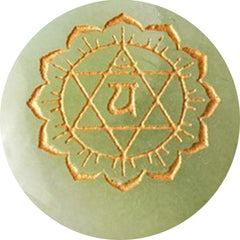 AVENTURINE (71)
AVENTURINE (71)
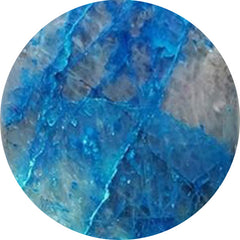 AZURITE (288)
AZURITE (288)
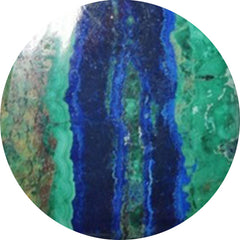 AZURITE MALACHITE (29)
AZURITE MALACHITE (29)
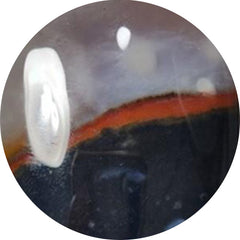 BANDED AGATE (85)
BANDED AGATE (85)
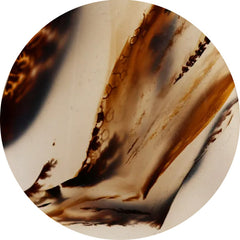 BARBER AGATE (0)
BARBER AGATE (0)
 BARITE (13)
BARITE (13)
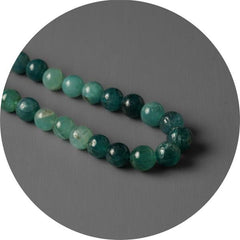 Beads (56)
Beads (56)
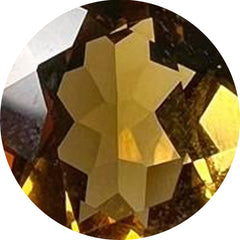 BEER QUARTZ (24)
BEER QUARTZ (24)
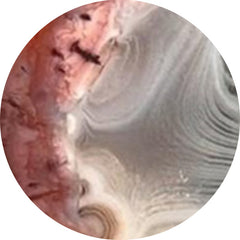 BERBER AGATE (5)
BERBER AGATE (5)
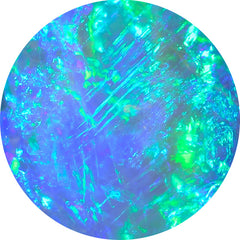 Best Seller (0)
Best Seller (0)
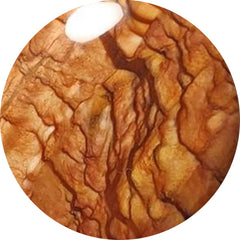 BIGGS JASPER (34)
BIGGS JASPER (34)
 Bird Carving (91)
Bird Carving (91)
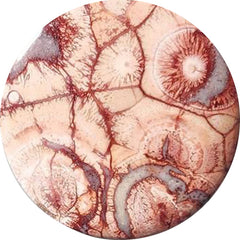 BIRD EYE JASPER (50)
BIRD EYE JASPER (50)
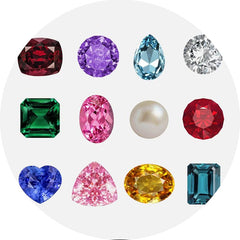 Birthstones (0)
Birthstones (0)
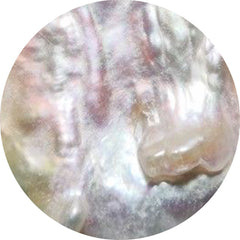 BIWA PEARL (37)
BIWA PEARL (37)
 Black Gemstones (963)
Black Gemstones (963)
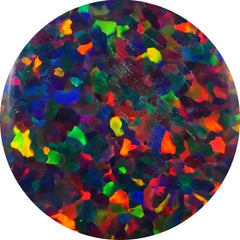 BLACK OPAL (35)
BLACK OPAL (35)
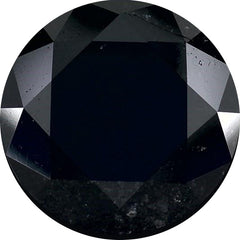 BLACK SPINEL (23)
BLACK SPINEL (23)
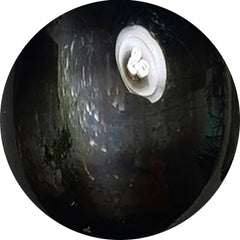 BLACK STAR (32)
BLACK STAR (32)
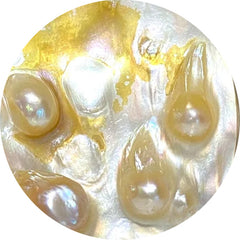 BLISTER PEARL (32)
BLISTER PEARL (32)
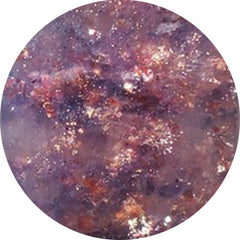 BLOODSHOT IOLITE (77)
BLOODSHOT IOLITE (77)
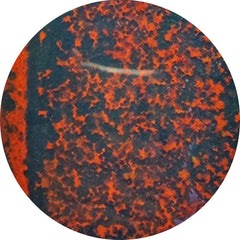 BLOODSTONE (71)
BLOODSTONE (71)
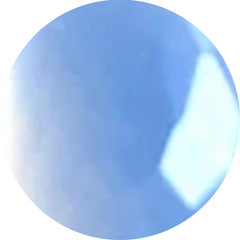 BLUE CHALCEDONY (44)
BLUE CHALCEDONY (44)
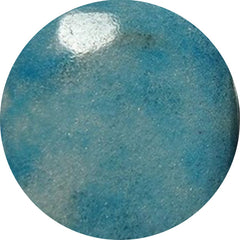 BLUE DIOPSIDE (0)
BLUE DIOPSIDE (0)
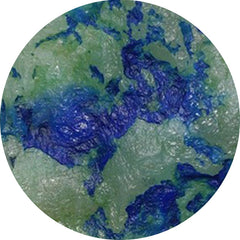 BLUE HORIZON (15)
BLUE HORIZON (15)
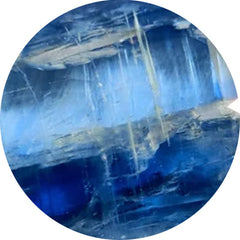 BLUE KYANITE (42)
BLUE KYANITE (42)
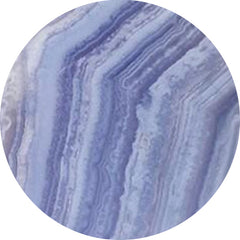 BLUE LACE AGATE (266)
BLUE LACE AGATE (266)
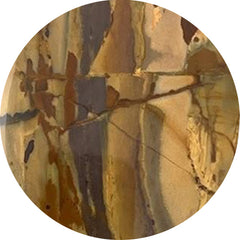 BLUE MOUNTAIN JASPER (0)
BLUE MOUNTAIN JASPER (0)
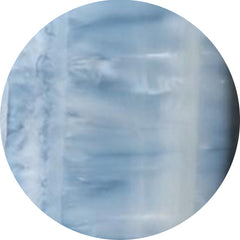 BLUE OPAL (171)
BLUE OPAL (171)
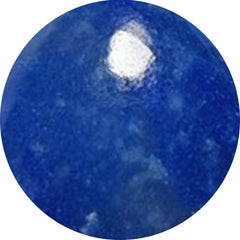 BLUE QUARTZ (40)
BLUE QUARTZ (40)
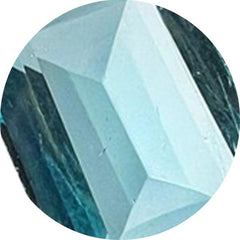 BLUE TOPAZ (65)
BLUE TOPAZ (65)
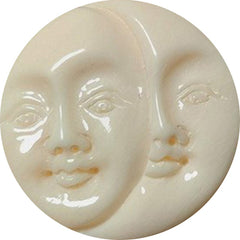 BONE (24)
BONE (24)
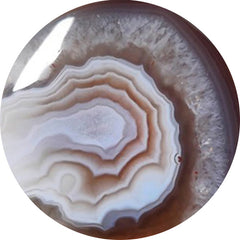 BOTSWANA AGATE (251)
BOTSWANA AGATE (251)
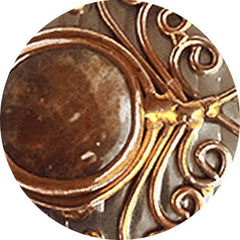 BRONZE (0)
BRONZE (0)
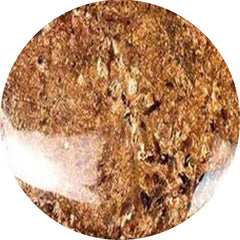 BRONZITE (2)
BRONZITE (2)
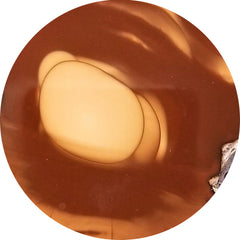 BRUNEAU JASPER (15)
BRUNEAU JASPER (15)
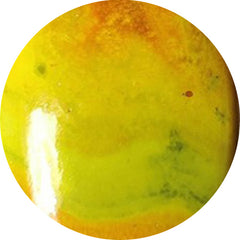 BUMBLE BEE JASPER (211)
BUMBLE BEE JASPER (211)
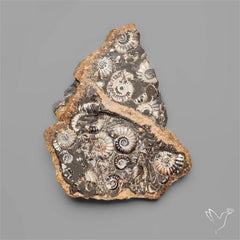 Buy Gemstones In USA (590)
Buy Gemstones In USA (590)
 Cabochon (0)
Cabochon (0)
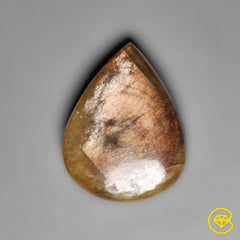 Cabochons (13207)
Cabochons (13207)
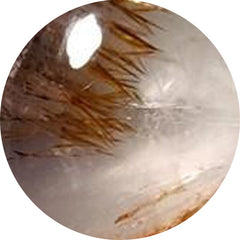 CACOXENITE (68)
CACOXENITE (68)
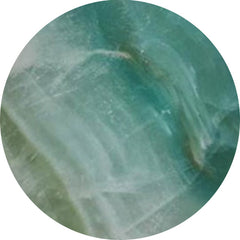 CALCITE (190)
CALCITE (190)
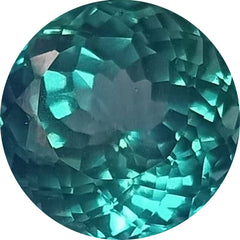 Calibrated (153)
Calibrated (153)
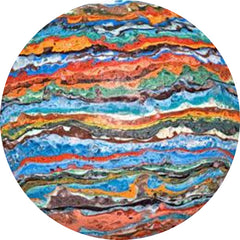 CALSILICA (0)
CALSILICA (0)
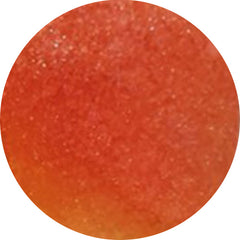 CANDY CORN (6)
CANDY CORN (6)
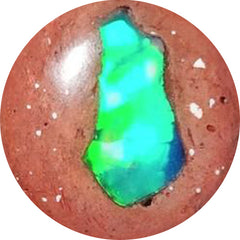 CANTERA OPAL (18)
CANTERA OPAL (18)
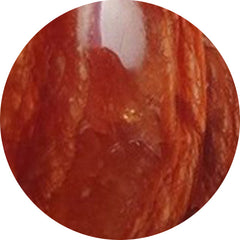 CARAMEL OPAL (3)
CARAMEL OPAL (3)
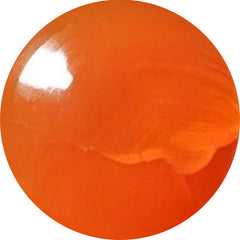 CARNELIAN AGATE (64)
CARNELIAN AGATE (64)
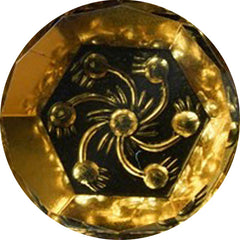 CARVING (1837)
CARVING (1837)
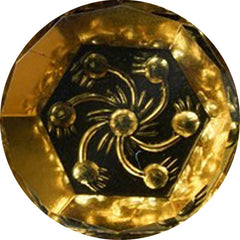 Carvings (2085)
Carvings (2085)
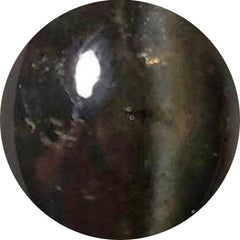 CATS EYE (65)
CATS EYE (65)
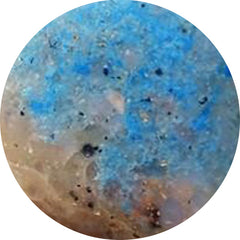 CAVANSITE (16)
CAVANSITE (16)
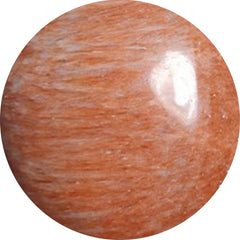 CELESTOBARITE (7)
CELESTOBARITE (7)
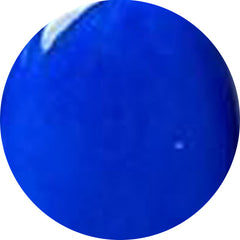 CERULEITE (0)
CERULEITE (0)
 CHAKRA STONE (1)
CHAKRA STONE (1)
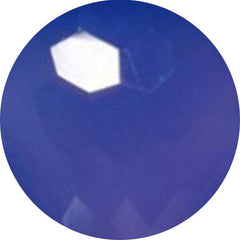 CHALCEDONY (481)
CHALCEDONY (481)
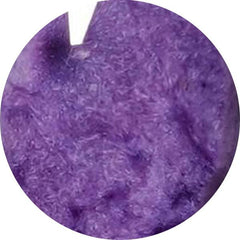 CHAROITE (190)
CHAROITE (190)
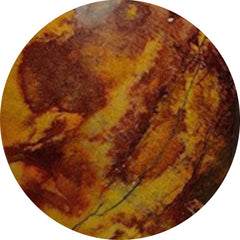 CHERRY CREEK JASPER (10)
CHERRY CREEK JASPER (10)
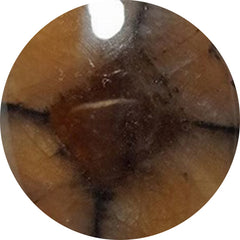 CHIASTOLITE (19)
CHIASTOLITE (19)
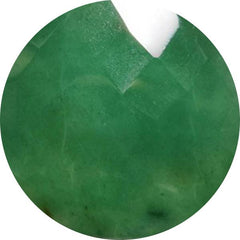 CHROME CHALCEDONY (82)
CHROME CHALCEDONY (82)
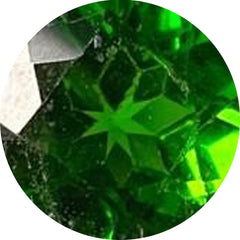 CHROME DIOPSIDE (23)
CHROME DIOPSIDE (23)
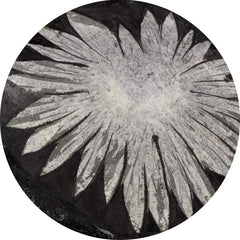 CHRYSANTHEMUM FOSSIL (0)
CHRYSANTHEMUM FOSSIL (0)
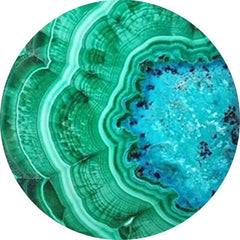 CHRYSOCOLLA (384)
CHRYSOCOLLA (384)
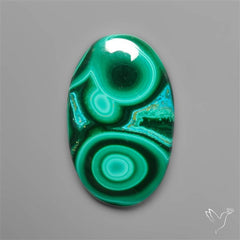 Chrysocolla Malachite (78)
Chrysocolla Malachite (78)
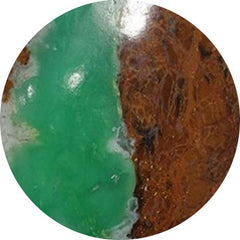 CHRYSOPRASE (286)
CHRYSOPRASE (286)
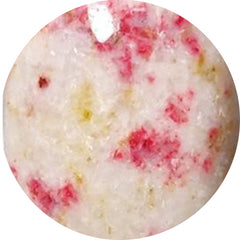 CINNABAR (20)
CINNABAR (20)
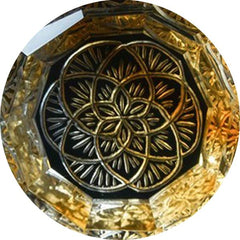 CITRINE (95)
CITRINE (95)
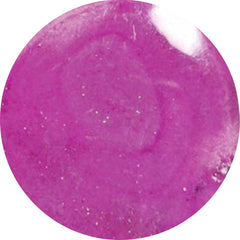 COBALTO CALCITE (67)
COBALTO CALCITE (67)
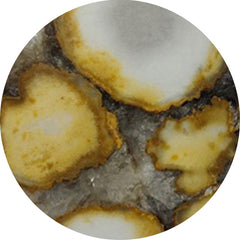 COBRA JASPER (30)
COBRA JASPER (30)
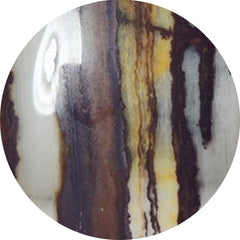 COCONUT JASPER (2)
COCONUT JASPER (2)
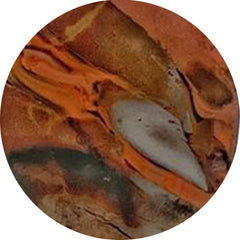 COFFEE BEAN JASPER (2)
COFFEE BEAN JASPER (2)
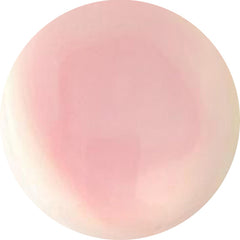 CONCH SHELL (9)
CONCH SHELL (9)
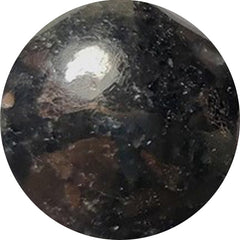 COPPERNITE (0)
COPPERNITE (0)
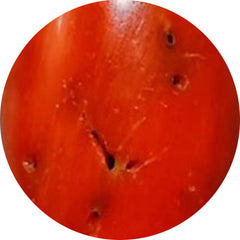 CORAL (351)
CORAL (351)
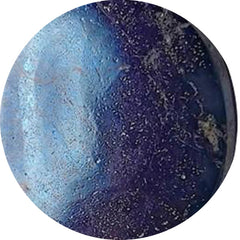 COVELLITE (8)
COVELLITE (8)
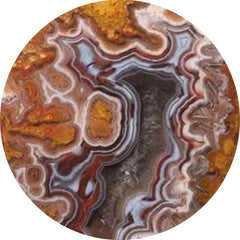 CRAZY LACE AGATE (193)
CRAZY LACE AGATE (193)
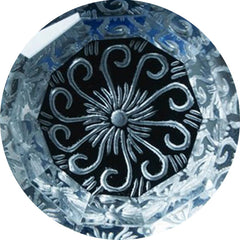 CRYSTAL (223)
CRYSTAL (223)
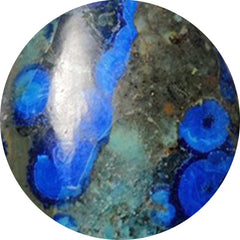 CUPRITE (34)
CUPRITE (34)
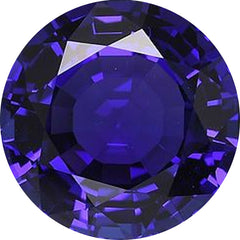 DECEMBER BIRTHSTONE (65)
DECEMBER BIRTHSTONE (65)
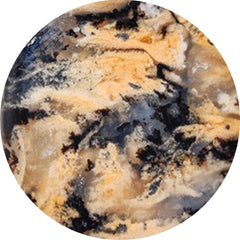 DENDRITIC AGATE (488)
DENDRITIC AGATE (488)
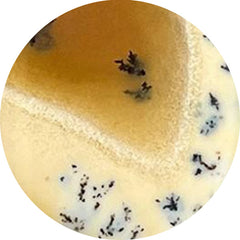 DENDRITIC OPAL (83)
DENDRITIC OPAL (83)
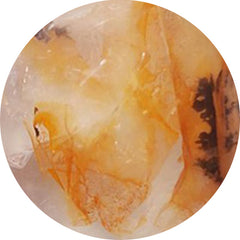 DENDRITIC QUARTZ (2)
DENDRITIC QUARTZ (2)
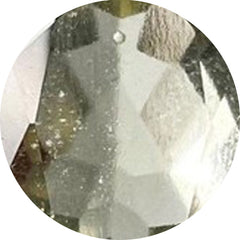 DESERT GLASS (9)
DESERT GLASS (9)
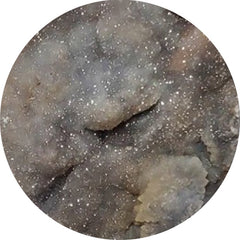 DESERT JASPER DRUZY (14)
DESERT JASPER DRUZY (14)
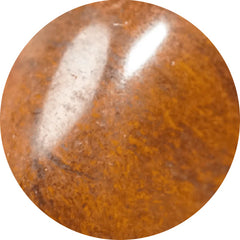 DESERT SUNSET JASPER (9)
DESERT SUNSET JASPER (9)
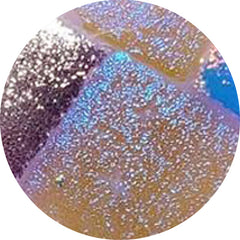 DICHROIC GLASS (144)
DICHROIC GLASS (144)
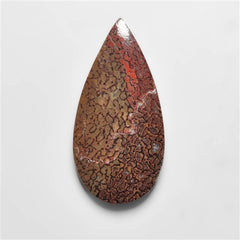 DINOSAUR BONE FOSSIL (15)
DINOSAUR BONE FOSSIL (15)
 DIOPSIDE (57)
DIOPSIDE (57)
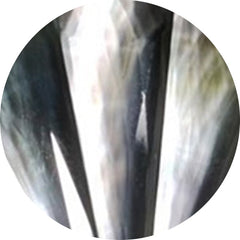 Doublets (847)
Doublets (847)
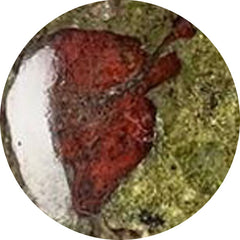 DRAGONBLOOD JASPER (1)
DRAGONBLOOD JASPER (1)
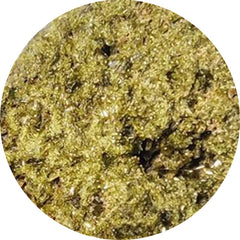 DRUZY (413)
DRUZY (413)
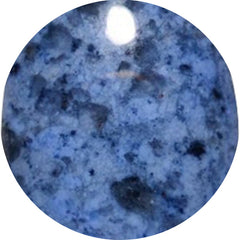 DUMORTIERITE (63)
DUMORTIERITE (63)
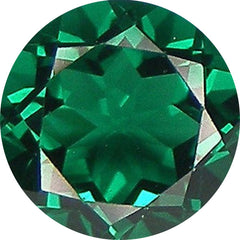 EMERALD (67)
EMERALD (67)
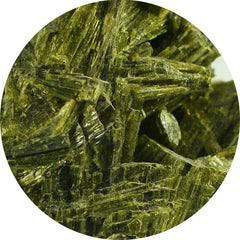 EPIDOTE (10)
EPIDOTE (10)
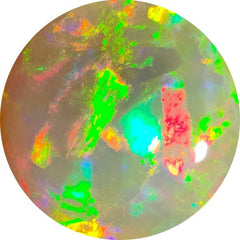 ETHIOPIAN OPAL (44)
ETHIOPIAN OPAL (44)
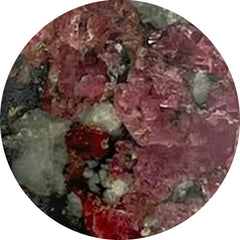 EUDIALYTE (18)
EUDIALYTE (18)
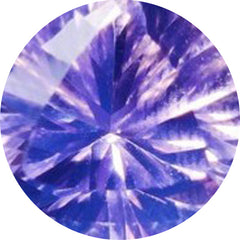 FACETED ROSE CUT (2033)
FACETED ROSE CUT (2033)
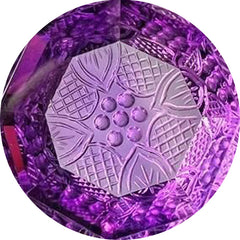 FANTASY CUTS (54)
FANTASY CUTS (54)
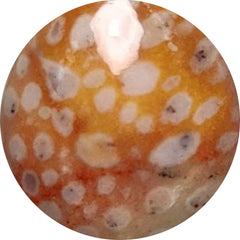 FAWN JASPER (14)
FAWN JASPER (14)
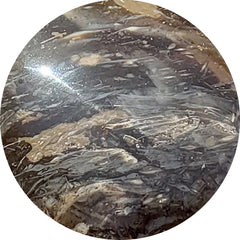 FEATHER AGATE (0)
FEATHER AGATE (0)
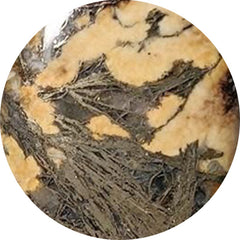 FEATHER PYRITE (38)
FEATHER PYRITE (38)
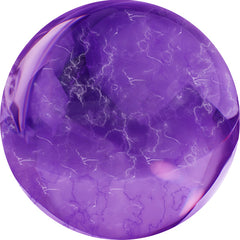 FEBRUARY BIRTHSTONE (567)
FEBRUARY BIRTHSTONE (567)
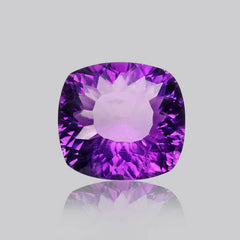 Fine Amethyst (27)
Fine Amethyst (27)
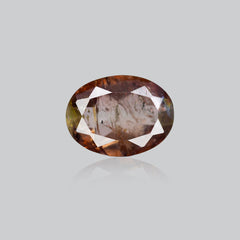 Fine Andalusite (1)
Fine Andalusite (1)
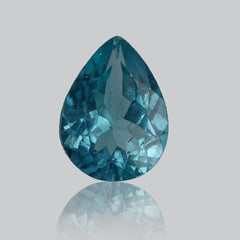 Fine Apatite (7)
Fine Apatite (7)
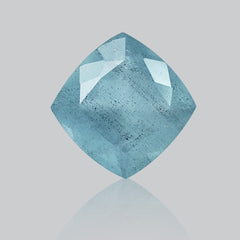 Fine Aquamarine (10)
Fine Aquamarine (10)
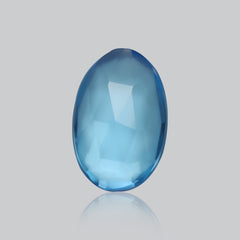 Fine Blue Topaz (42)
Fine Blue Topaz (42)
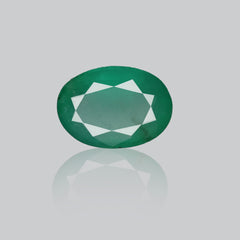 Fine Emerald (13)
Fine Emerald (13)
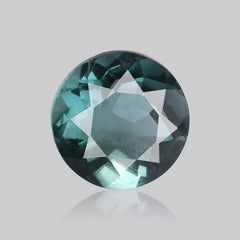 Fine Fluorite (12)
Fine Fluorite (12)
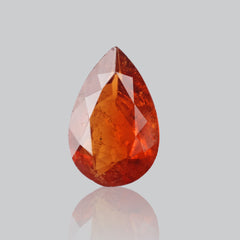 Fine Garnet (27)
Fine Garnet (27)
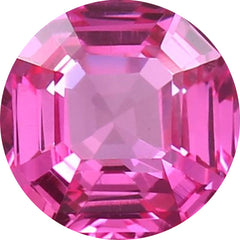 Fine Gemstone (0)
Fine Gemstone (0)
 Fine Iolite (10)
Fine Iolite (10)
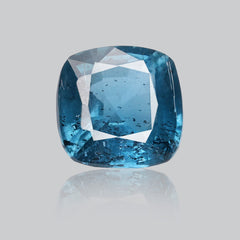 Fine Kyanite (30)
Fine Kyanite (30)
 Fine Moonstone (12)
Fine Moonstone (12)
 Fine Peridot (21)
Fine Peridot (21)
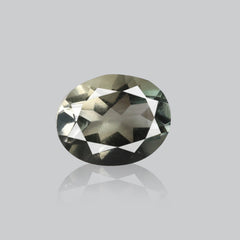 Fine Prasiolite (27)
Fine Prasiolite (27)
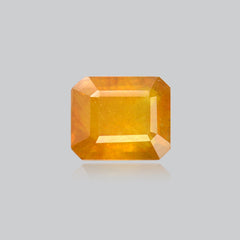 Fine Sapphire (1)
Fine Sapphire (1)
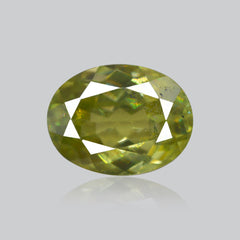 Fine Sphene (17)
Fine Sphene (17)
 Fine Sunstone (5)
Fine Sunstone (5)
 Fine Tanzanite (27)
Fine Tanzanite (27)
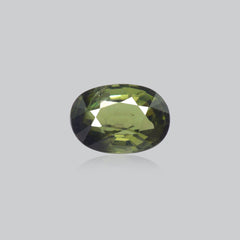 Fine Tourmaline (4)
Fine Tourmaline (4)
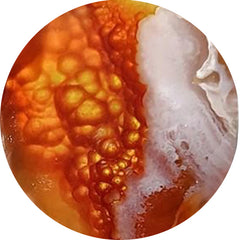 FIRE AGATE (7)
FIRE AGATE (7)
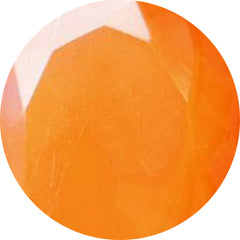 FIRE OPALS (8)
FIRE OPALS (8)
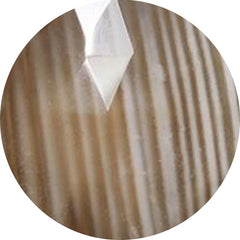 FLINT STONE (10)
FLINT STONE (10)
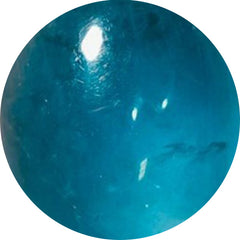 FLUORITE (186)
FLUORITE (186)
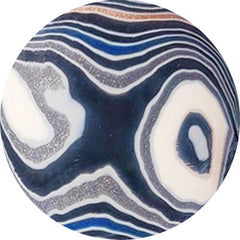 FORDITE (58)
FORDITE (58)
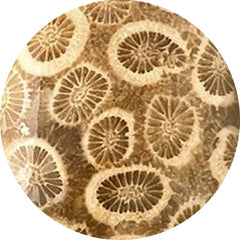 FOSSIL CORAL (303)
FOSSIL CORAL (303)
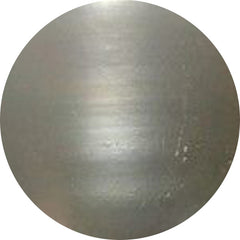 FOSSIL MARSTON MARBLE (24)
FOSSIL MARSTON MARBLE (24)
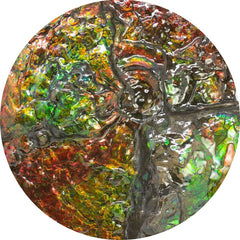 Fossils (540)
Fossils (540)
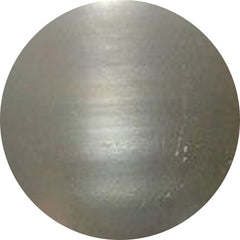 FRESHWATER PEARL (26)
FRESHWATER PEARL (26)
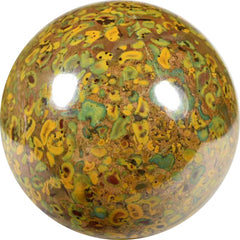 FRUIT JASPER (14)
FRUIT JASPER (14)
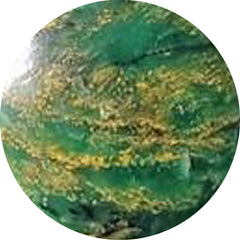 FUCHSITE (7)
FUCHSITE (7)
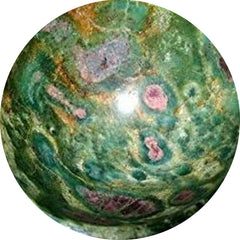 FUSCHITE (11)
FUSCHITE (11)
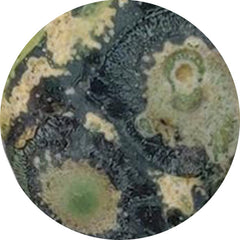 GALAXY JASPER (3)
GALAXY JASPER (3)
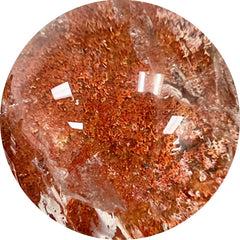 GARDEN QUARTZ (6)
GARDEN QUARTZ (6)
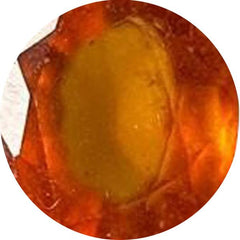 GARNET (121)
GARNET (121)
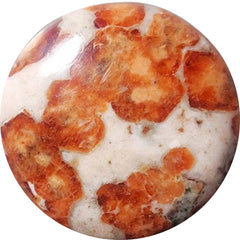 GARNET IN LIMESTONE (36)
GARNET IN LIMESTONE (36)
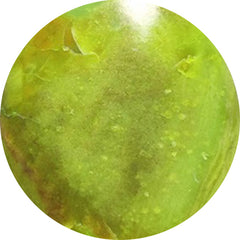 GASPEITE (22)
GASPEITE (22)
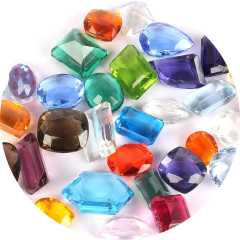 GEMSTONE LOTS (461)
GEMSTONE LOTS (461)
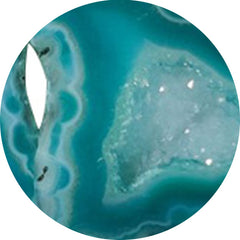 GEODE (17)
GEODE (17)
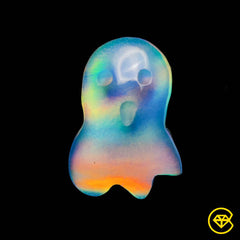 Ghost carving (66)
Ghost carving (66)
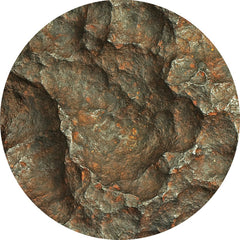 GIBEON METEORITE (29)
GIBEON METEORITE (29)
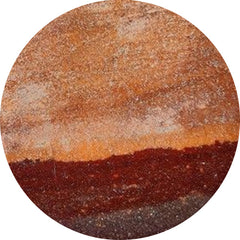 GILA MONSTER AGATE (16)
GILA MONSTER AGATE (16)
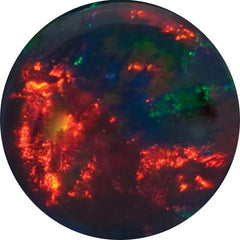 GILSON OPAL (23)
GILSON OPAL (23)
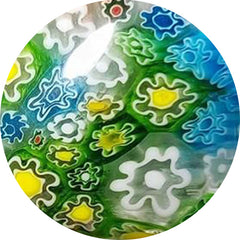 GLASS (163)
GLASS (163)
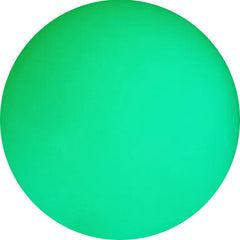 GLOW STONE (15)
GLOW STONE (15)
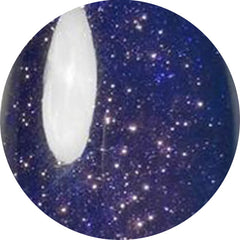 GOLDSTONE (36)
GOLDSTONE (36)
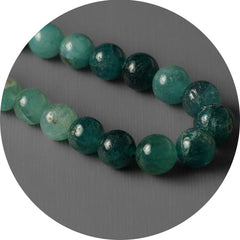 GRANDIDIERITE (8)
GRANDIDIERITE (8)
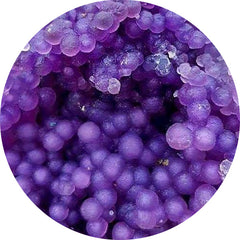 GRAPE AGATE (114)
GRAPE AGATE (114)
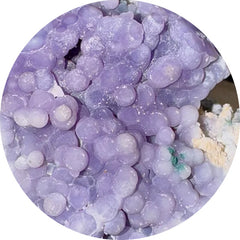 GRAPE CHALCEDONY (4)
GRAPE CHALCEDONY (4)
 Green Gemstones (424)
Green Gemstones (424)
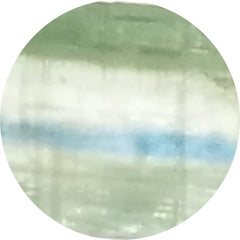 GREEN KYANITE (12)
GREEN KYANITE (12)
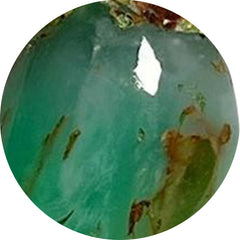 GREEN PRASE OPAL (12)
GREEN PRASE OPAL (12)
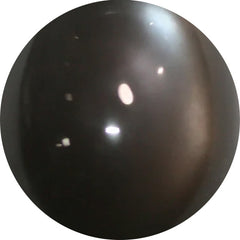 GREY MOONSTONE (31)
GREY MOONSTONE (31)
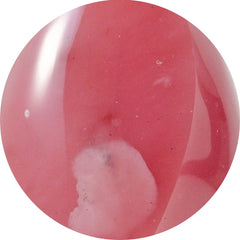 GUAVA QUARTZ (9)
GUAVA QUARTZ (9)
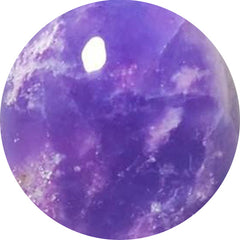 HACKMANITE (12)
HACKMANITE (12)
 HEART CARVING (345)
HEART CARVING (345)
 Heart Shape Gemstones (4)
Heart Shape Gemstones (4)
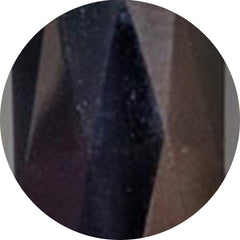 HEMATITE (37)
HEMATITE (37)
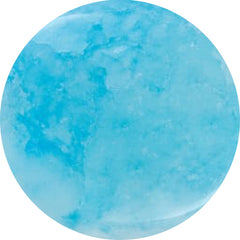 HEMIMORPHITE (55)
HEMIMORPHITE (55)
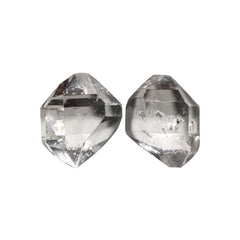 Herkimer Diamond (42)
Herkimer Diamond (42)
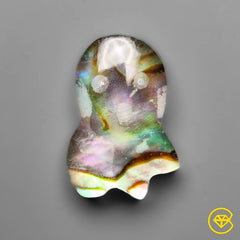 Himalayan Quartz (463)
Himalayan Quartz (463)
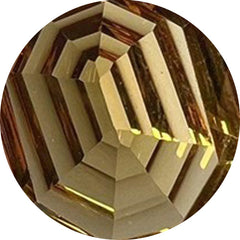 HONEY QUARTZ (20)
HONEY QUARTZ (20)
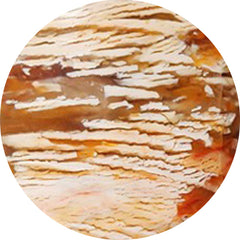 HOWARDITE OPAL (29)
HOWARDITE OPAL (29)
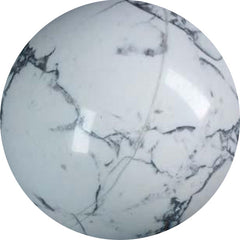 HOWLITE (4)
HOWLITE (4)
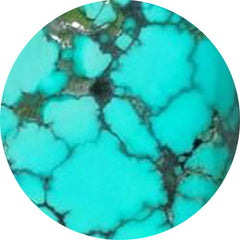 HUBEI TURQUOISE (64)
HUBEI TURQUOISE (64)
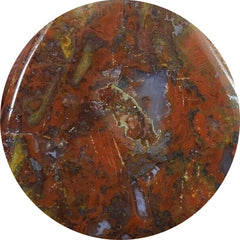 HUNGARIAN AGATE (1)
HUNGARIAN AGATE (1)
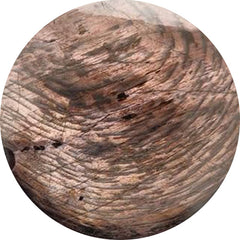 HYPERSTHENE (46)
HYPERSTHENE (46)
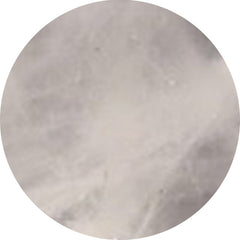 ICE QUARTZ (0)
ICE QUARTZ (0)
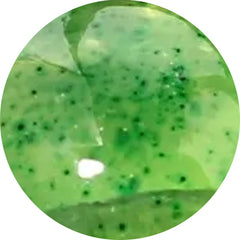 IDOCRASE (1)
IDOCRASE (1)
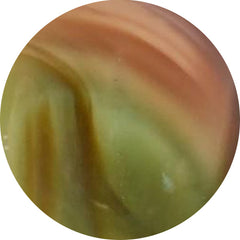 IMPERIAL JASPER (82)
IMPERIAL JASPER (82)
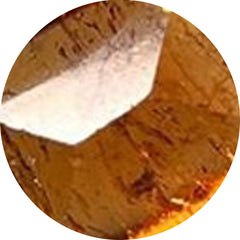 IMPERIAL TOPAZ (0)
IMPERIAL TOPAZ (0)
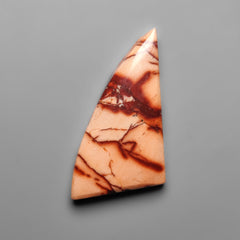 INDIAN PAINT STONE (5)
INDIAN PAINT STONE (5)
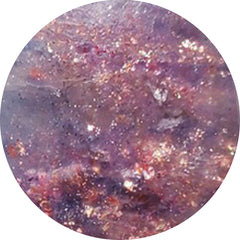 IOLITE (143)
IOLITE (143)
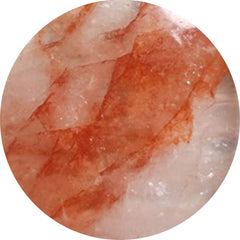 IRON QUARTZ (52)
IRON QUARTZ (52)
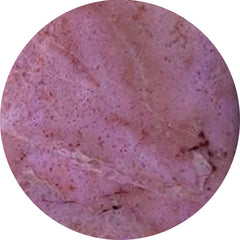 JADE (37)
JADE (37)
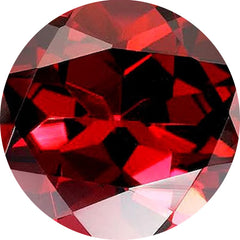 JANUARY BIRTHSTONE (121)
JANUARY BIRTHSTONE (121)
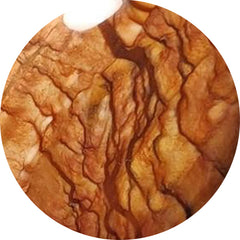 JASPERS (42)
JASPERS (42)
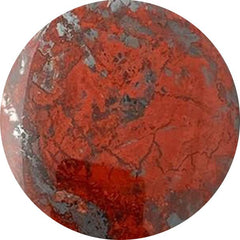 JASPILLITE (5)
JASPILLITE (5)
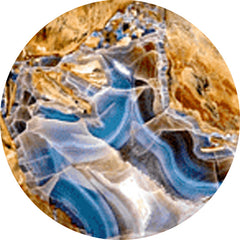 JAVA CHALCEDONY (16)
JAVA CHALCEDONY (16)
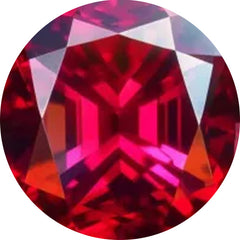 JULY BIRTHSTONE (187)
JULY BIRTHSTONE (187)
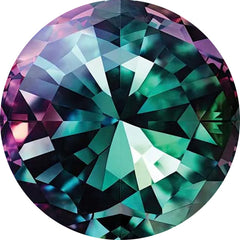 June Birthstones: Moonstone, Pearl, and Alexandrite (643)
June Birthstones: Moonstone, Pearl, and Alexandrite (643)
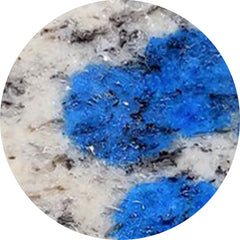 K2 JASPER (9)
K2 JASPER (9)
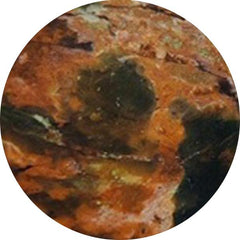 KALEIDOSCOPE AGATE (0)
KALEIDOSCOPE AGATE (0)
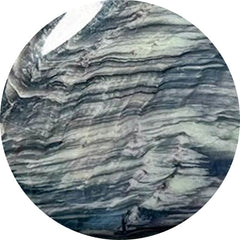 KAMMERERITE (108)
KAMMERERITE (108)
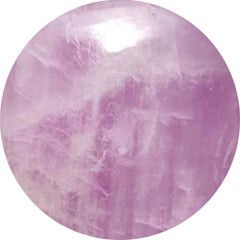 KUNZITE (7)
KUNZITE (7)
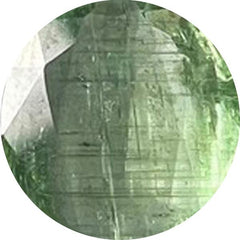 KYANITE (101)
KYANITE (101)
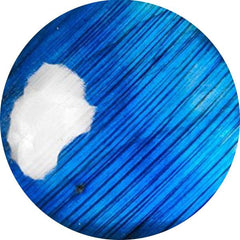 LABRADORITE (275)
LABRADORITE (275)
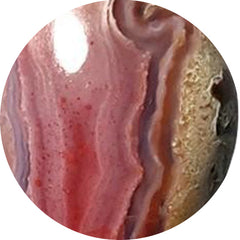 LAGUNA LACE AGATE (61)
LAGUNA LACE AGATE (61)
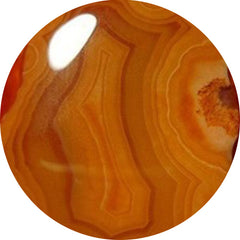 LAKE SUPERIOR AGATE (28)
LAKE SUPERIOR AGATE (28)
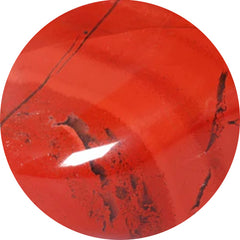 LANDSCAPE JASPER (0)
LANDSCAPE JASPER (0)
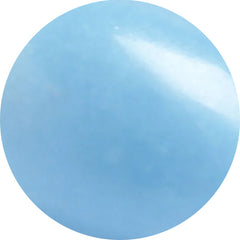 LANGITE (0)
LANGITE (0)
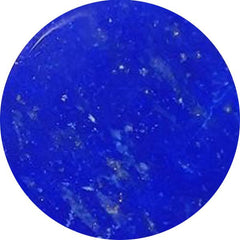 LAPIS LAZULI (180)
LAPIS LAZULI (180)
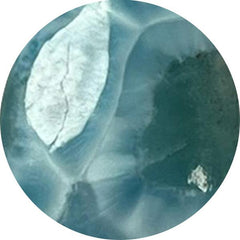 LARIMAR (103)
LARIMAR (103)
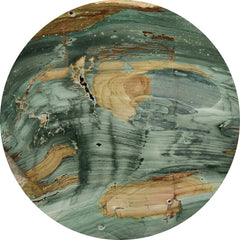 LARSONITE (19)
LARSONITE (19)
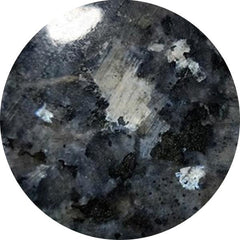 LARVIKITE FELDSPAR (46)
LARVIKITE FELDSPAR (46)
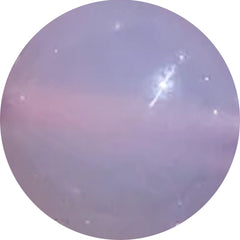 LAVENDER CHALCEDONY (30)
LAVENDER CHALCEDONY (30)
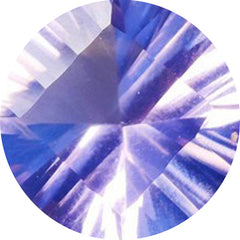 LAVENDER QUARTZ (5)
LAVENDER QUARTZ (5)
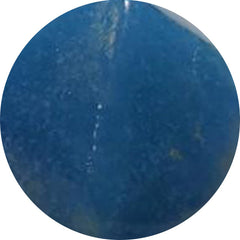 LAZULITE (8)
LAZULITE (8)
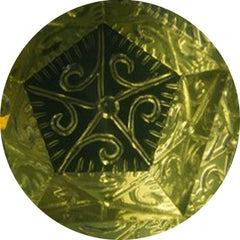 LEMON QUARTZ (45)
LEMON QUARTZ (45)
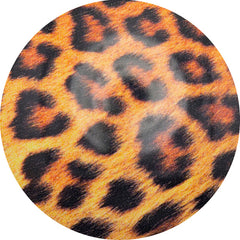 LEOPARD SKIN SHELL (0)
LEOPARD SKIN SHELL (0)
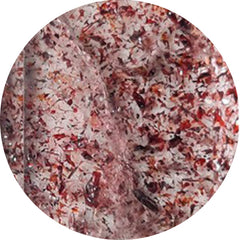 LEPIDOCROCITE (8)
LEPIDOCROCITE (8)
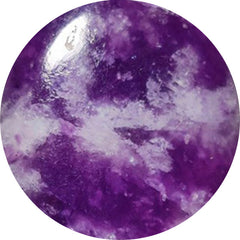 LEPIDOLITE (84)
LEPIDOLITE (84)
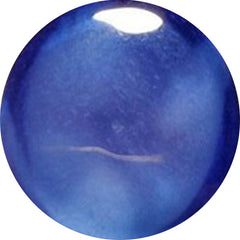 LINDY STAR SAPPHIRE (0)
LINDY STAR SAPPHIRE (0)
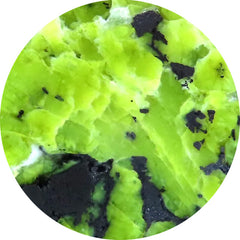 LIZARDITE (59)
LIZARDITE (59)
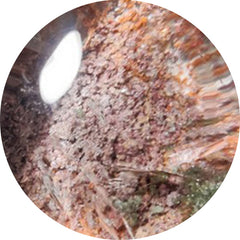 LODOLITE (95)
LODOLITE (95)
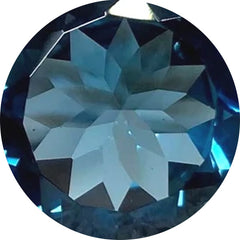 LONDON BLUE TOPAZ (22)
LONDON BLUE TOPAZ (22)
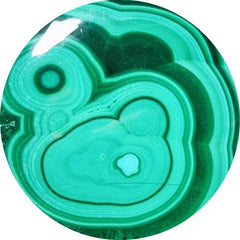 MALACHITE (615)
MALACHITE (615)
 Malawi Moonstone (15)
Malawi Moonstone (15)
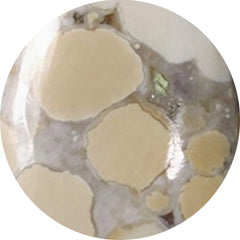 MALIGANO JASPER (73)
MALIGANO JASPER (73)
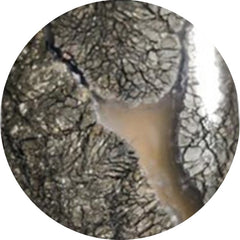 MARCASITE (28)
MARCASITE (28)
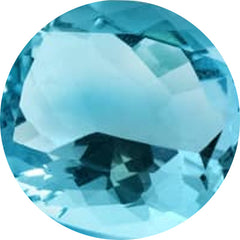 MARCH BIRTHSTONE (103)
MARCH BIRTHSTONE (103)
 Marquise Shape Gemstones (6)
Marquise Shape Gemstones (6)
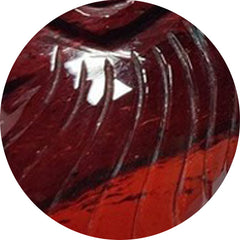 MARY ELLEN JASPER (0)
MARY ELLEN JASPER (0)
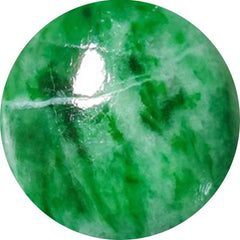 MAW SIT SIT (19)
MAW SIT SIT (19)
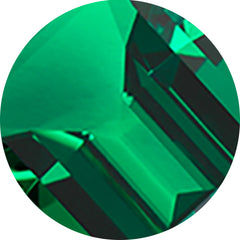 MAY BIRTHSTONE (67)
MAY BIRTHSTONE (67)
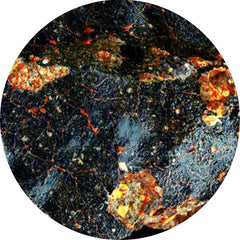 METEORITE (29)
METEORITE (29)
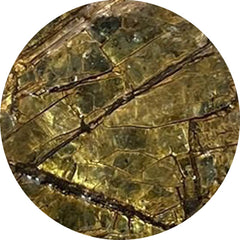 MICA (45)
MICA (45)
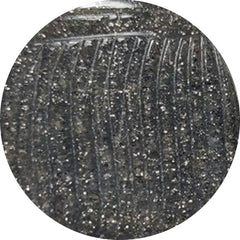 MIDNIGHT QUARTZITE (21)
MIDNIGHT QUARTZITE (21)
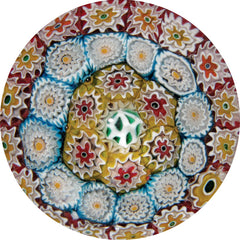 MILLEFIORI GLASS (2)
MILLEFIORI GLASS (2)
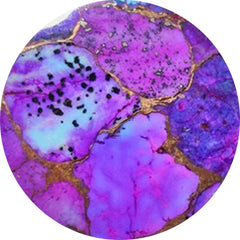 MOHAVE TURQUOISE (83)
MOHAVE TURQUOISE (83)
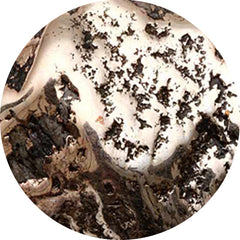 MOHAWKITES (0)
MOHAWKITES (0)
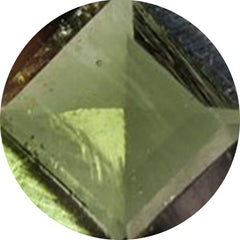 MOLDAVITE (27)
MOLDAVITE (27)
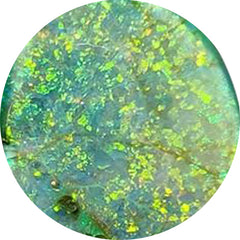 MONARCH OPAL (10)
MONARCH OPAL (10)
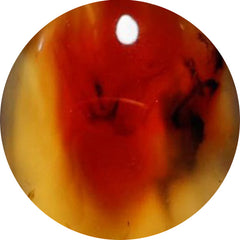 MONTANA AGATE (100)
MONTANA AGATE (100)
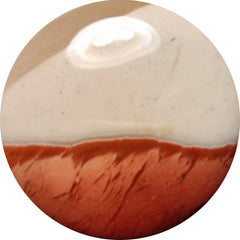 MOOKAITE (39)
MOOKAITE (39)
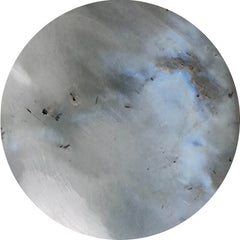 MOONSTONE (285)
MOONSTONE (285)
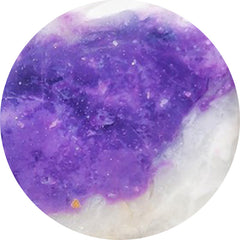 MORADO OPAL (1)
MORADO OPAL (1)
 Morenci Turquoise (0)
Morenci Turquoise (0)
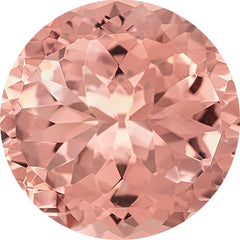 MORGANITE (0)
MORGANITE (0)
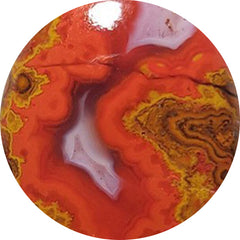 MOROCCAN SEAM AGATE (109)
MOROCCAN SEAM AGATE (109)
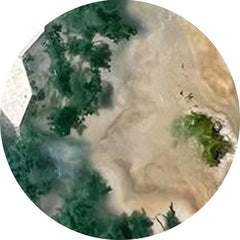 MOSS AGATE (415)
MOSS AGATE (415)
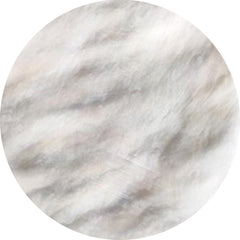 MOTHER OF PEARL (506)
MOTHER OF PEARL (506)
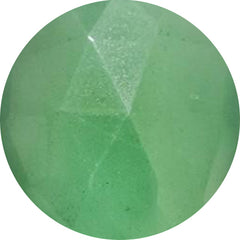 MTOROLITE (47)
MTOROLITE (47)
 Mughal Carving (526)
Mughal Carving (526)
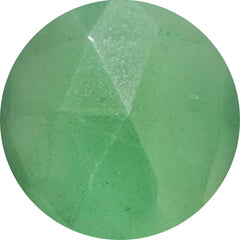 MUSCOVITE (21)
MUSCOVITE (21)
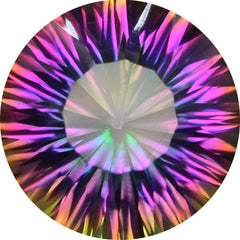 MYSTIC QUARTZ (1)
MYSTIC QUARTZ (1)
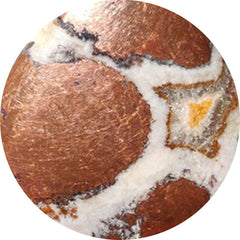 NATIVE COPPER (35)
NATIVE COPPER (35)
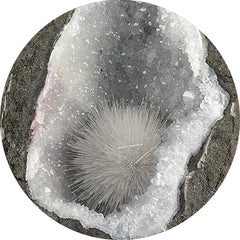 NATROLITE (27)
NATROLITE (27)
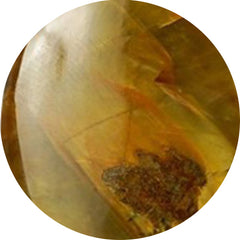 NELLITE (8)
NELLITE (8)
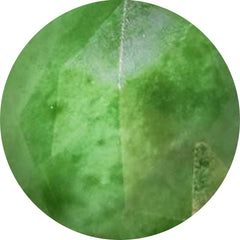 NEPHRITE JADE (4)
NEPHRITE JADE (4)
 New Arrivals (443)
New Arrivals (443)
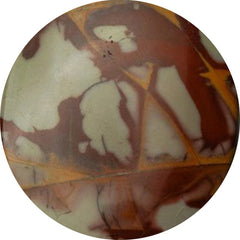 NOREENA JASPER (33)
NOREENA JASPER (33)
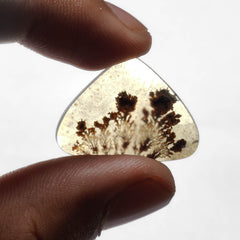 NOVEMBER BIRTHSTONE (94)
NOVEMBER BIRTHSTONE (94)
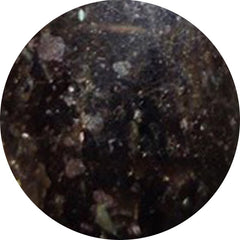 NUUMMITE (0)
NUUMMITE (0)
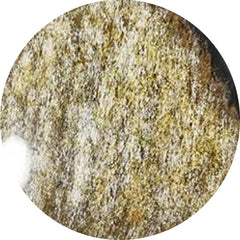 OBSIDIAN (371)
OBSIDIAN (371)
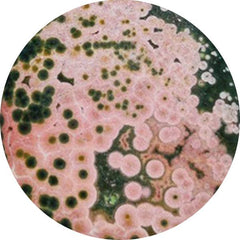 OCEAN JASPER (289)
OCEAN JASPER (289)
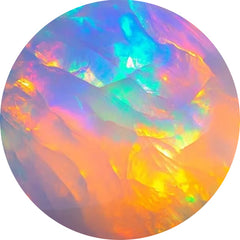 OCTOBER BIRTHSTONE (178)
OCTOBER BIRTHSTONE (178)
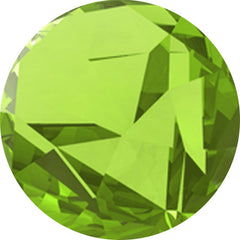 OLIVE QUARTZ (6)
OLIVE QUARTZ (6)
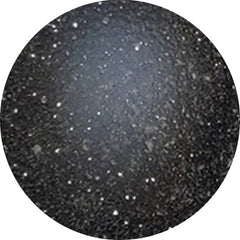 ONYX (295)
ONYX (295)
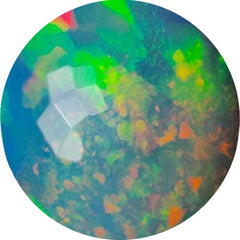 Opal (1046)
Opal (1046)
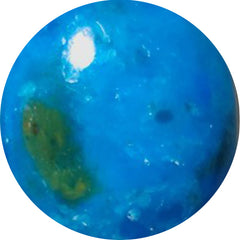 OPALINA (11)
OPALINA (11)
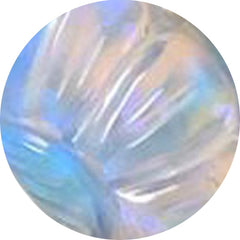 OPALITE (27)
OPALITE (27)
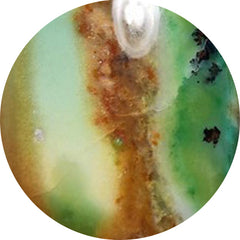 OPALWOOD (5)
OPALWOOD (5)
 Orange Gemstones (326)
Orange Gemstones (326)
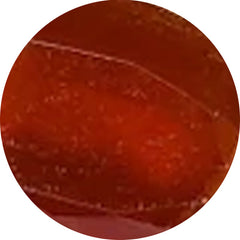 ORANGE KYANITE (3)
ORANGE KYANITE (3)
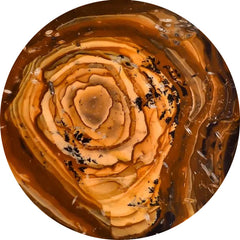 OREGON JASPER (7)
OREGON JASPER (7)
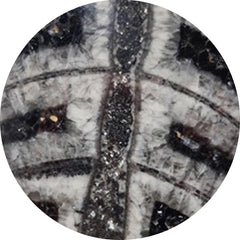 ORTHOCERAS FOSSIL (42)
ORTHOCERAS FOSSIL (42)
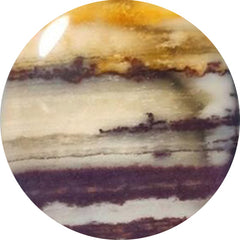 OUTBACK JASPER (5)
OUTBACK JASPER (5)
 Oval Shape Gemstones (7)
Oval Shape Gemstones (7)
 OVER $50 (193)
OVER $50 (193)
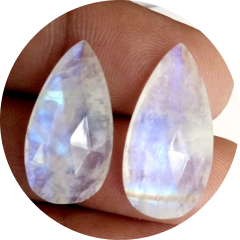 Pairs (1093)
Pairs (1093)
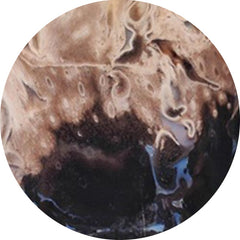 PALMROOT AGATE (62)
PALMROOT AGATE (62)
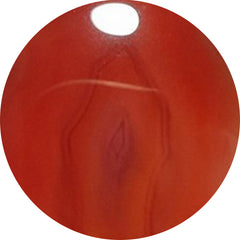 PASSION AGATE (1)
PASSION AGATE (1)
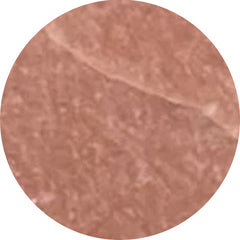 PEACH MOONSTONE (50)
PEACH MOONSTONE (50)
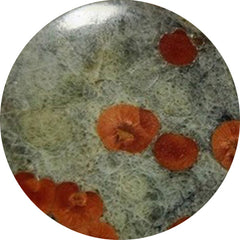 PEANUT OBSIDIAN (45)
PEANUT OBSIDIAN (45)
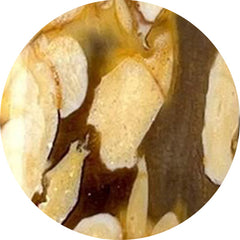 PEANUT WOOD JASPER (91)
PEANUT WOOD JASPER (91)
 Pear Shape Gemstones (11)
Pear Shape Gemstones (11)
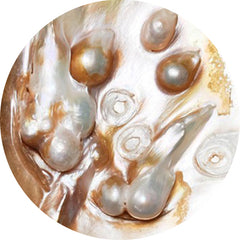 PEARL (643)
PEARL (643)
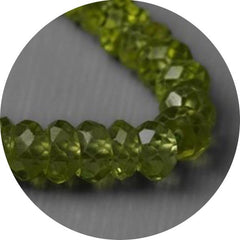 PERIDOT (24)
PERIDOT (24)
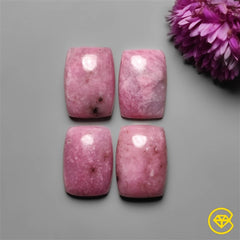 PETALITE (23)
PETALITE (23)
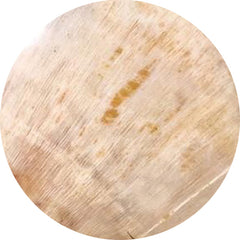 PETRIFIED WOOD (49)
PETRIFIED WOOD (49)
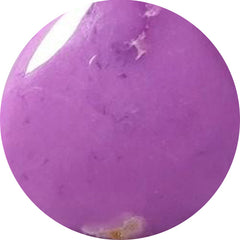 PHOSPHOSIDERITE (96)
PHOSPHOSIDERITE (96)
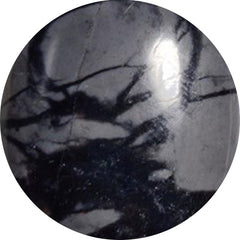 PICASSO JASPER (76)
PICASSO JASPER (76)
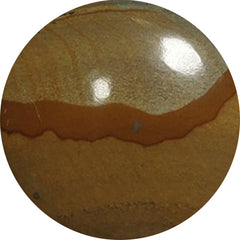 PICTURE JASPER (76)
PICTURE JASPER (76)
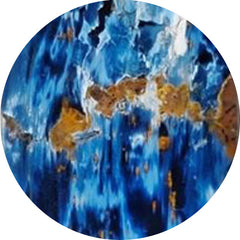 PIETERSITE (65)
PIETERSITE (65)
 Pink Gemstones (424)
Pink Gemstones (424)
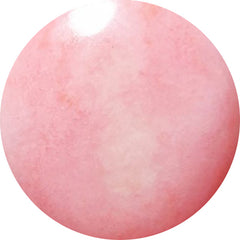 PINK OPAL (156)
PINK OPAL (156)
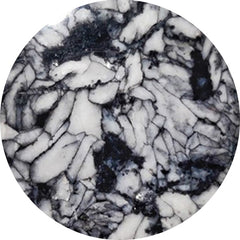 PINOLITH (38)
PINOLITH (38)
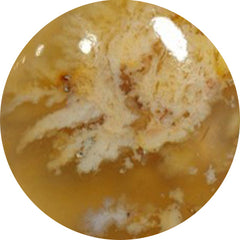 PLUME AGATE (98)
PLUME AGATE (98)
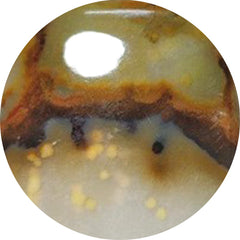 POLKA DOT AGATE (41)
POLKA DOT AGATE (41)
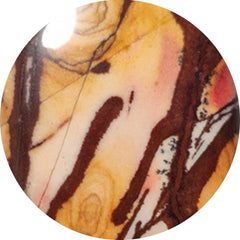 POLYCHROME JASPER (48)
POLYCHROME JASPER (48)
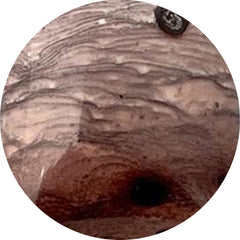 PORCELAIN JASPER (33)
PORCELAIN JASPER (33)
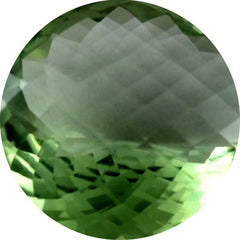 PRASIOLITE (49)
PRASIOLITE (49)
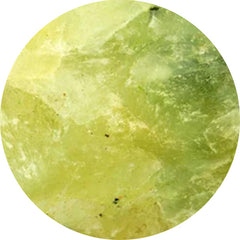 PREHNITE (24)
PREHNITE (24)
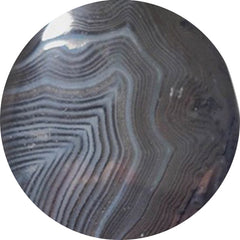 PSILOMELANE (24)
PSILOMELANE (24)
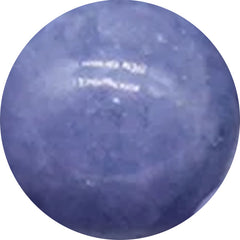 PURPLE CHALCEDONY (45)
PURPLE CHALCEDONY (45)
 Purple Gemstones (944)
Purple Gemstones (944)
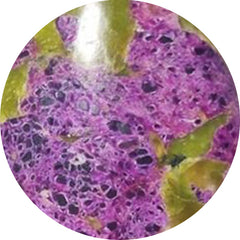 PURPURITE (9)
PURPURITE (9)
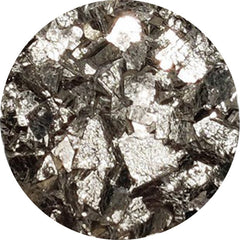 PYRITE (136)
PYRITE (136)
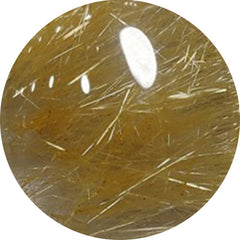 QUARTZ (126)
QUARTZ (126)
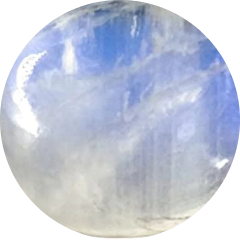 Rain Moonstones (0)
Rain Moonstones (0)
 RAINBOW CALCILICA (13)
RAINBOW CALCILICA (13)
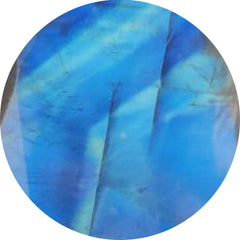 RAINBOW MOONSTONE (76)
RAINBOW MOONSTONE (76)
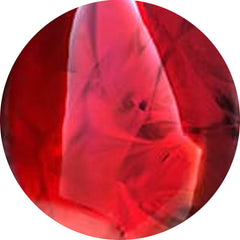 RED FOSSIL (0)
RED FOSSIL (0)
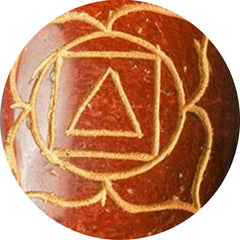 RED JASPER (3)
RED JASPER (3)
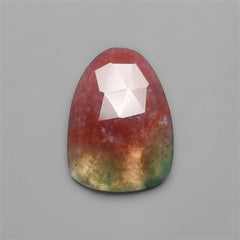 Red Moss Agate (87)
Red Moss Agate (87)
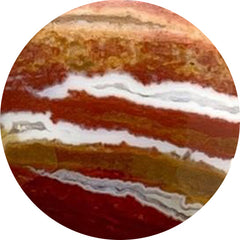 RED RIVER JASPER (16)
RED RIVER JASPER (16)
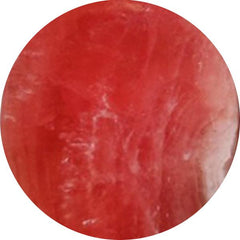 RHODOCHROSITE (361)
RHODOCHROSITE (361)
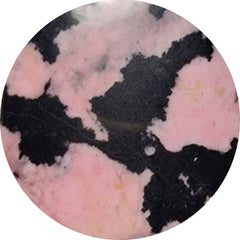 RHODONITE (83)
RHODONITE (83)
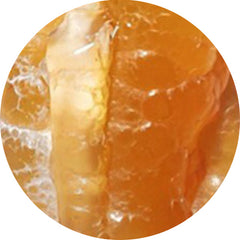 ROCK CHALCEDONY (2)
ROCK CHALCEDONY (2)
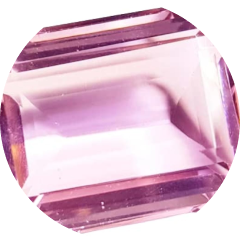 Rose Cut Gemstones (779)
Rose Cut Gemstones (779)
 ROSE QUARTZ (60)
ROSE QUARTZ (60)
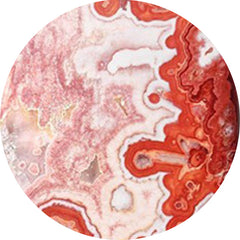 ROSITA JASPER (12)
ROSITA JASPER (12)
 Round Shape Gemstones (8)
Round Shape Gemstones (8)
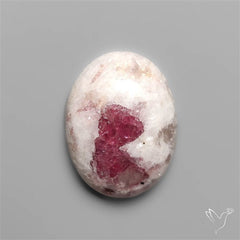 Rubellite (16)
Rubellite (16)
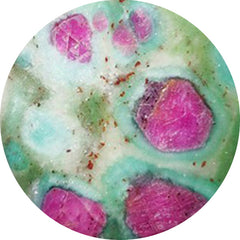 RUBY IN FUCHSITE (6)
RUBY IN FUCHSITE (6)
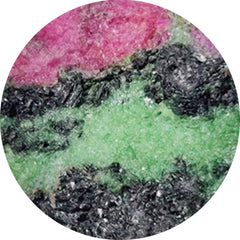 RUBY IN ZOISITE (96)
RUBY IN ZOISITE (96)
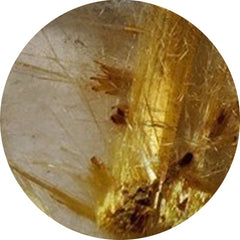 RUTILATED QUARTZ (261)
RUTILATED QUARTZ (261)
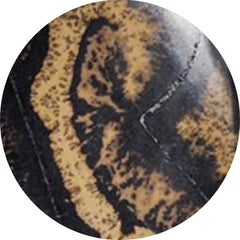 SAGE BRUSH JASPER (0)
SAGE BRUSH JASPER (0)
 SAND DOLLAR FOSSIL (4)
SAND DOLLAR FOSSIL (4)
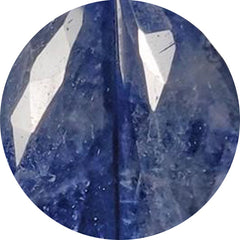 SAPPHIRE (43)
SAPPHIRE (43)
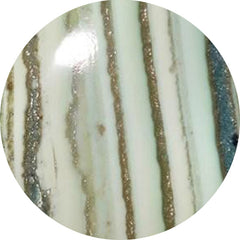 SATURN CHALCEDONY (61)
SATURN CHALCEDONY (61)
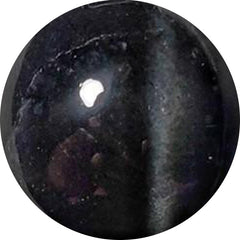 SCAPOLITE (13)
SCAPOLITE (13)
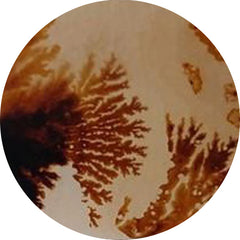 SCENIC AGATE (120)
SCENIC AGATE (120)
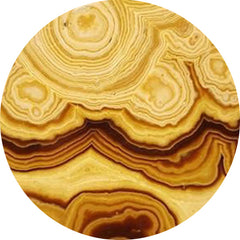 SCHALENBLENDE (102)
SCHALENBLENDE (102)
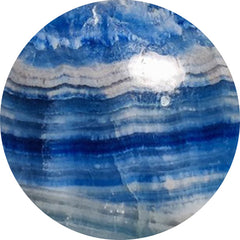 SCHEELITE (37)
SCHEELITE (37)
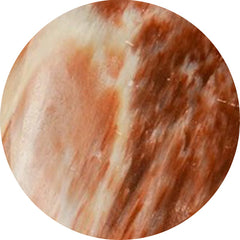 SCOLECITE (51)
SCOLECITE (51)
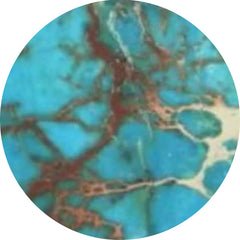 SEA SEDIMENT JASPER (1)
SEA SEDIMENT JASPER (1)
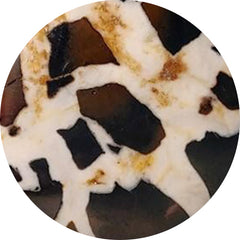 SEPTARIAN (96)
SEPTARIAN (96)
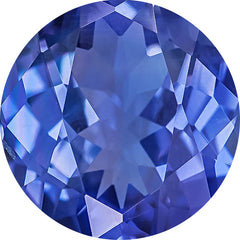 SEPTEMBER BIRTHSTONE (182)
SEPTEMBER BIRTHSTONE (182)
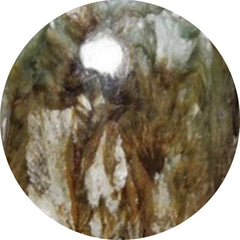 SERAPHINITE (75)
SERAPHINITE (75)
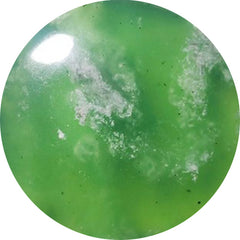 SERPENTINE (182)
SERPENTINE (182)
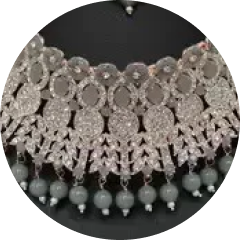 SETS (0)
SETS (0)
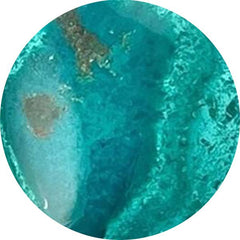 SHATTUCKITE (290)
SHATTUCKITE (290)
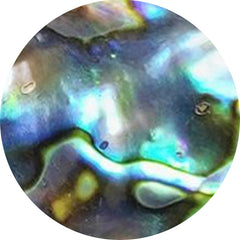 SHELL (281)
SHELL (281)
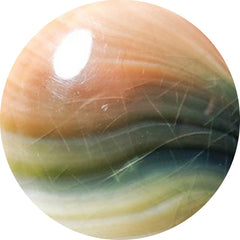 SHIVA EYE SHELL (48)
SHIVA EYE SHELL (48)
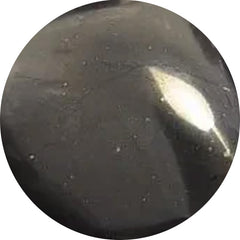 SHUNGITE (5)
SHUNGITE (5)
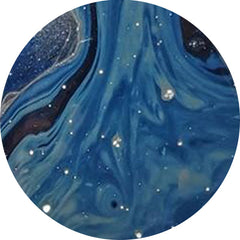 SIEBER AGATE (0)
SIEBER AGATE (0)
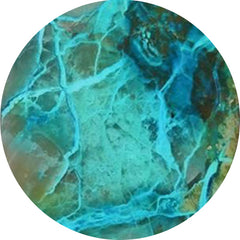 SILICA (4)
SILICA (4)
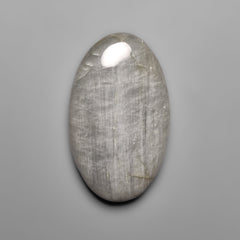 Silver Leaf Jasper (9)
Silver Leaf Jasper (9)
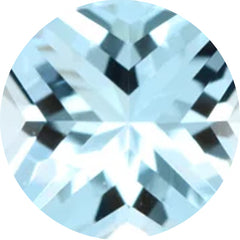 SKY BLUE TOPAZ (6)
SKY BLUE TOPAZ (6)
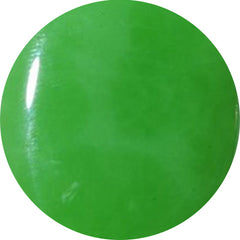 SMITHSONITE (33)
SMITHSONITE (33)
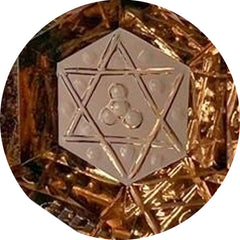 SMOKY QUARTZ (26)
SMOKY QUARTZ (26)
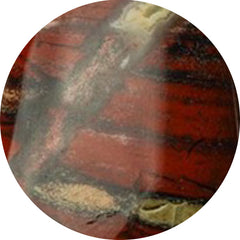 SNAKESKIN JASPER (54)
SNAKESKIN JASPER (54)
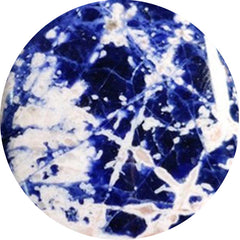 SODALITE (82)
SODALITE (82)
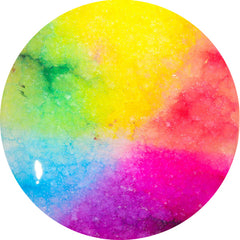 SOLAR AGATE (0)
SOLAR AGATE (0)
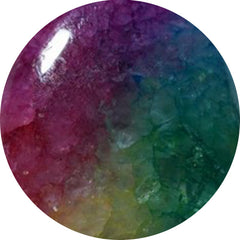 SOLAR QUARTZ (53)
SOLAR QUARTZ (53)
 SPECTROLITE (69)
SPECTROLITE (69)
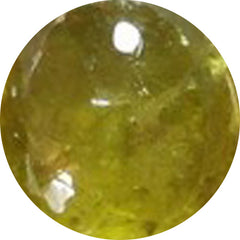 SPHENCE (25)
SPHENCE (25)
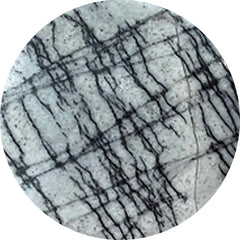 SPIDERWEB JASPER (4)
SPIDERWEB JASPER (4)
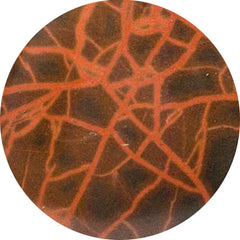 SPIDERWOMAN JASPER (0)
SPIDERWOMAN JASPER (0)
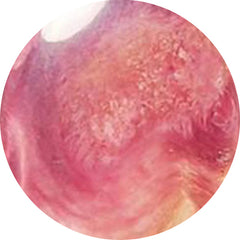 SPINY OYSTER SHELL (59)
SPINY OYSTER SHELL (59)
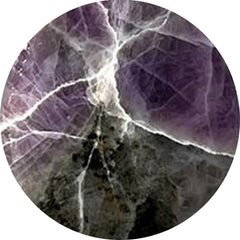 SPURRITE (7)
SPURRITE (7)
 Square Shape Gemstones (5)
Square Shape Gemstones (5)
 STARBURST (1)
STARBURST (1)
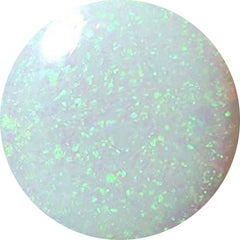 STERLING OPAL (1)
STERLING OPAL (1)
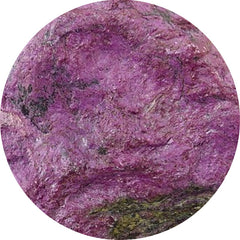 Stichtite (38)
Stichtite (38)
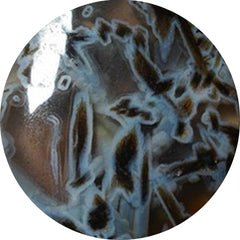 STICK AGATE (8)
STICK AGATE (8)
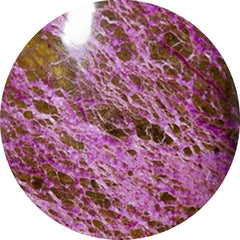 STITCHTITE (125)
STITCHTITE (125)
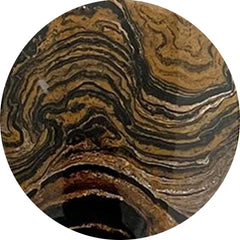 STRAMATOLITE (0)
STRAMATOLITE (0)
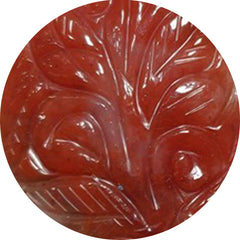 STRAWBERRY QUARTZ (13)
STRAWBERRY QUARTZ (13)
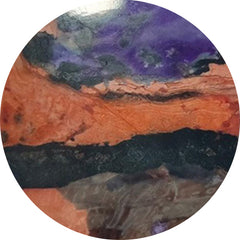 SUGILITE (1)
SUGILITE (1)
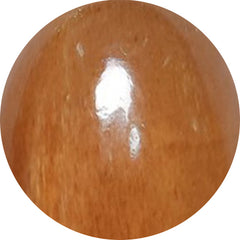 SUNSTONE (205)
SUNSTONE (205)
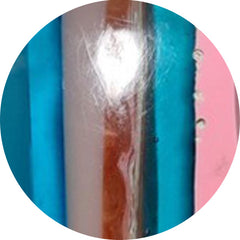 SURFITE (1)
SURFITE (1)
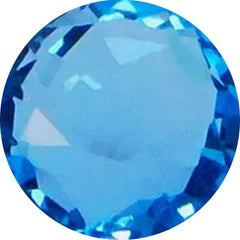 SWISS BLUE TOPAZ (34)
SWISS BLUE TOPAZ (34)
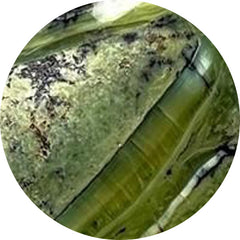 SWISS OPAL (0)
SWISS OPAL (0)
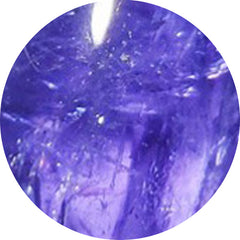 TANZANITE (31)
TANZANITE (31)
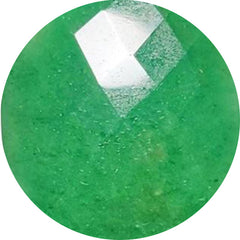 TANZURINE (11)
TANZURINE (11)
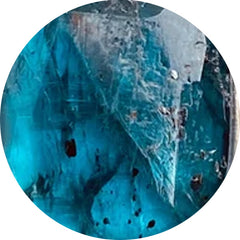 TEAL KYANITE (9)
TEAL KYANITE (9)
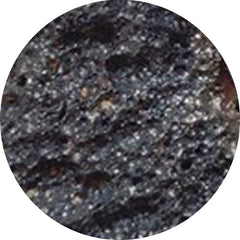 TEKTITE (42)
TEKTITE (42)
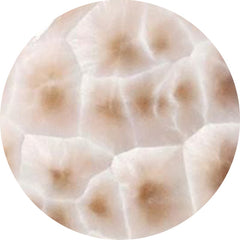 THOMSONITE (36)
THOMSONITE (36)
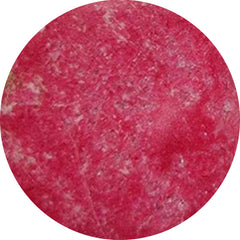 THULITE (90)
THULITE (90)
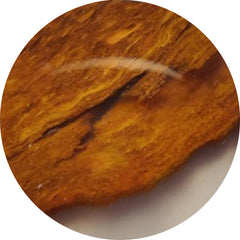 THUNDER EGG AGATE (0)
THUNDER EGG AGATE (0)
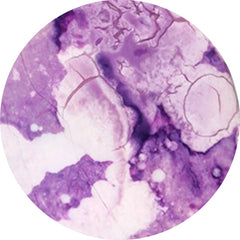 TIFFANY STONE (8)
TIFFANY STONE (8)
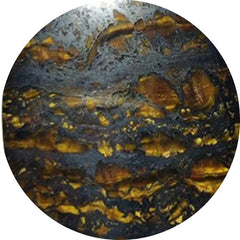 TIGER EYE (70)
TIGER EYE (70)
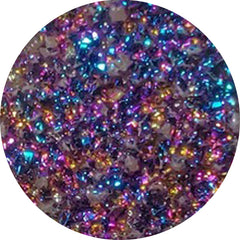 TITANIUM DRUZY (9)
TITANIUM DRUZY (9)
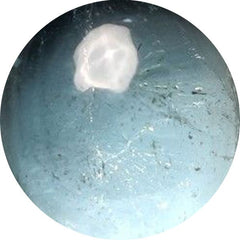 TOPAZ (65)
TOPAZ (65)
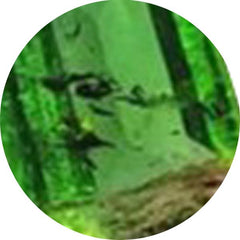 TOURMALINE (189)
TOURMALINE (189)
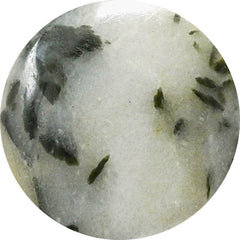 TOURMALINE IN QUARTZ (90)
TOURMALINE IN QUARTZ (90)
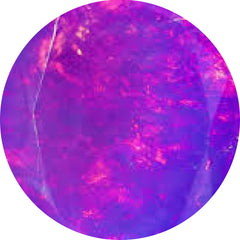 TREATED OPAL (37)
TREATED OPAL (37)
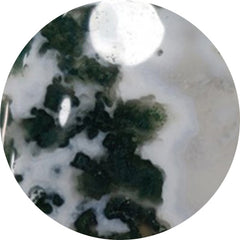 TREE AGATE (31)
TREE AGATE (31)
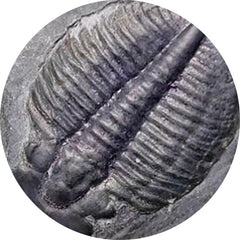 TRILOBITE FOSSIL (14)
TRILOBITE FOSSIL (14)
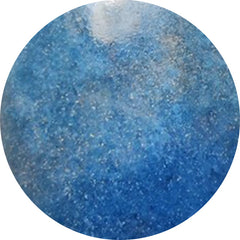 TROLLEITE QUARTZ (30)
TROLLEITE QUARTZ (30)
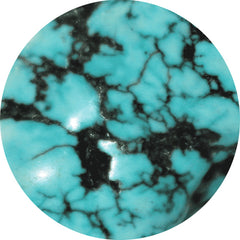 TUMBLES (1)
TUMBLES (1)
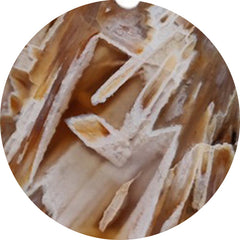 TURKISH TUBE AGATE (64)
TURKISH TUBE AGATE (64)
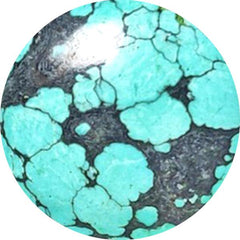 TURQUOISE (283)
TURQUOISE (283)
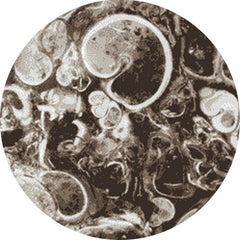 TURRITELLA JASPER (2)
TURRITELLA JASPER (2)
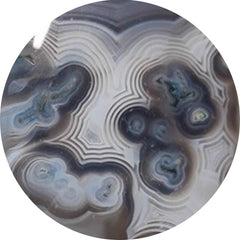 TUXEDO AGATE (75)
TUXEDO AGATE (75)
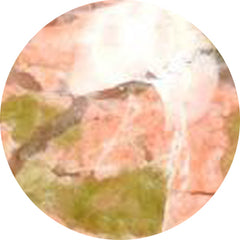 Unakite (5)
Unakite (5)
 UNDER $10 (4342)
UNDER $10 (4342)
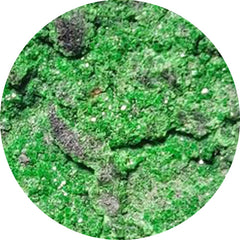 UVAROVITE GARNET (3)
UVAROVITE GARNET (3)
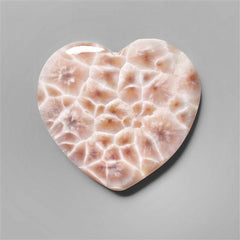 Valentine (742)
Valentine (742)
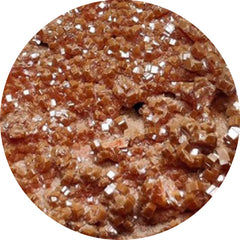 VANADINITE DRUZY (10)
VANADINITE DRUZY (10)
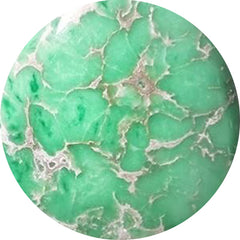 VARISCITE (135)
VARISCITE (135)
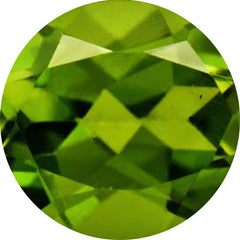 VESUVIANITE (1)
VESUVIANITE (1)
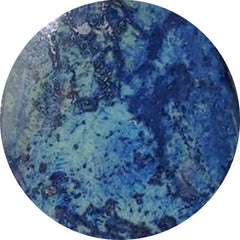 VIVIANITE (0)
VIVIANITE (0)
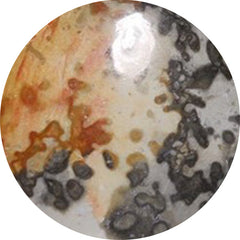 VOLCANIC COTHAM MARBLE (7)
VOLCANIC COTHAM MARBLE (7)
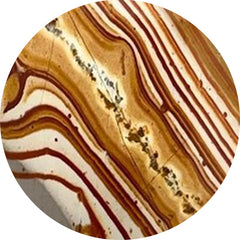 WAGUL JASPER (3)
WAGUL JASPER (3)
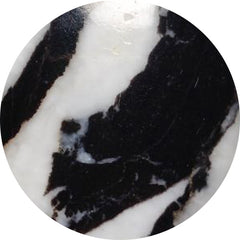 WHITE BUFFALO TURQUOISE (24)
WHITE BUFFALO TURQUOISE (24)
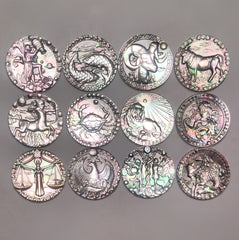 White Gemstones (1087)
White Gemstones (1087)
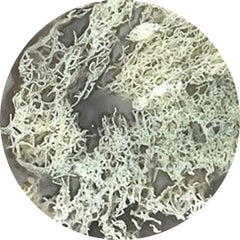 WHITE HORSE CANYON (47)
WHITE HORSE CANYON (47)
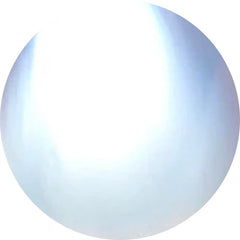 WHITE MOONSTONE (43)
WHITE MOONSTONE (43)
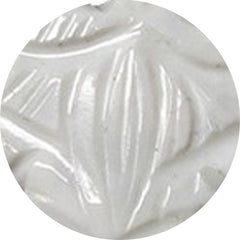 WHITE OPAL (13)
WHITE OPAL (13)
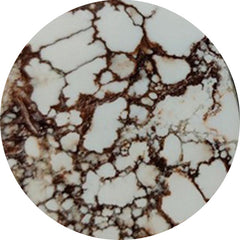 WILD HORSE JASPER (128)
WILD HORSE JASPER (128)
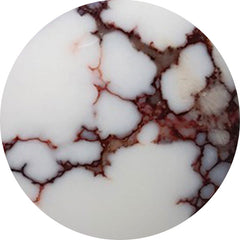 WILD HORSE MAGNESITE (51)
WILD HORSE MAGNESITE (51)
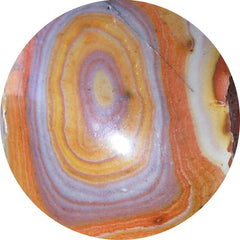 WONDER STONE (1)
WONDER STONE (1)
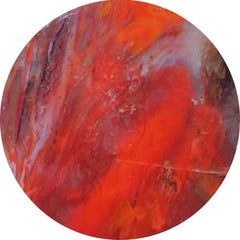 WOOD (208)
WOOD (208)
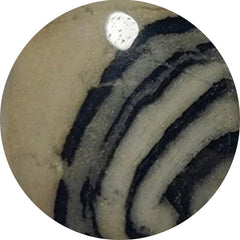 YAVAPAI TRAVERTINE (0)
YAVAPAI TRAVERTINE (0)
 Yellow Gemstones (164)
Yellow Gemstones (164)
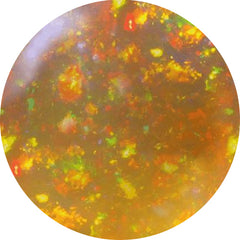 YELLOW OPAL (8)
YELLOW OPAL (8)
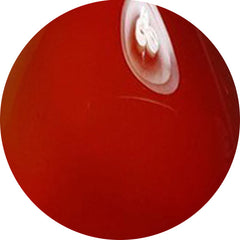 YEMENI AQEEQ (0)
YEMENI AQEEQ (0)
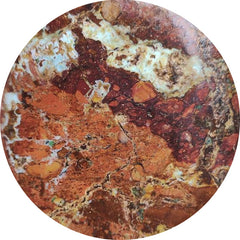 ZARINITE (0)
ZARINITE (0)
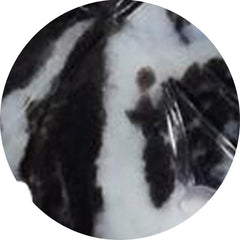 ZEBRA JASPER (1)
ZEBRA JASPER (1)
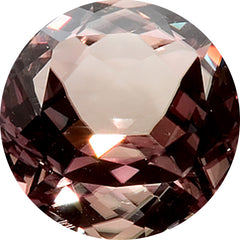 ZULTANITE (5)
ZULTANITE (5)



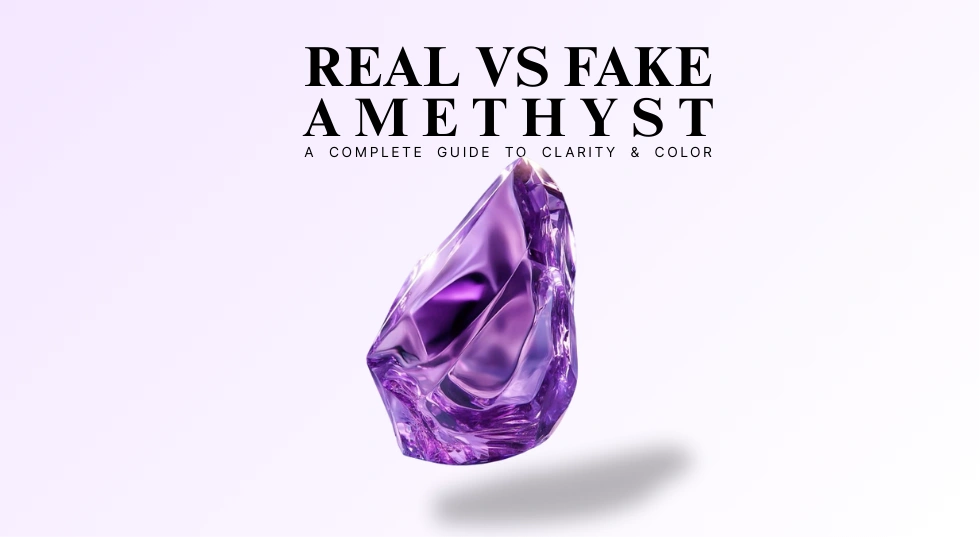












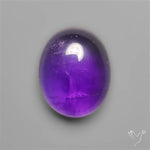
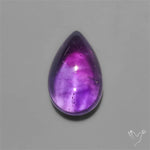
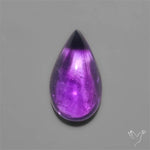
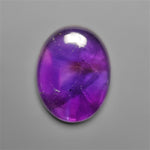


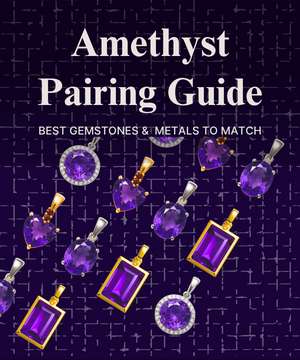
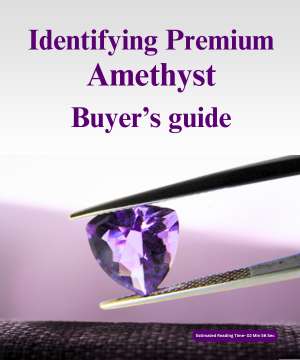
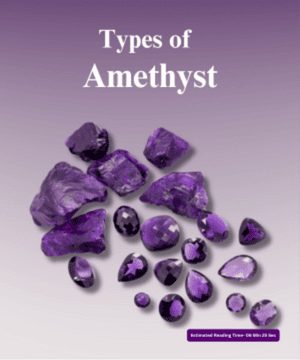
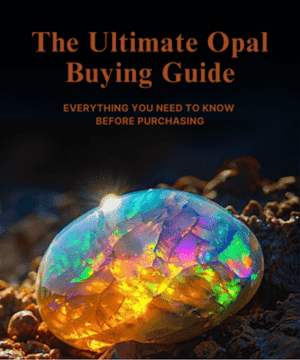
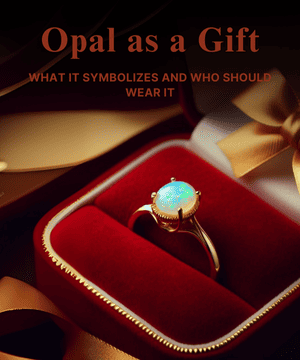
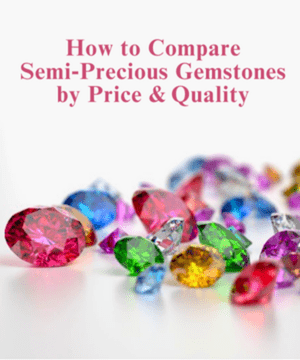







Leave a Comment